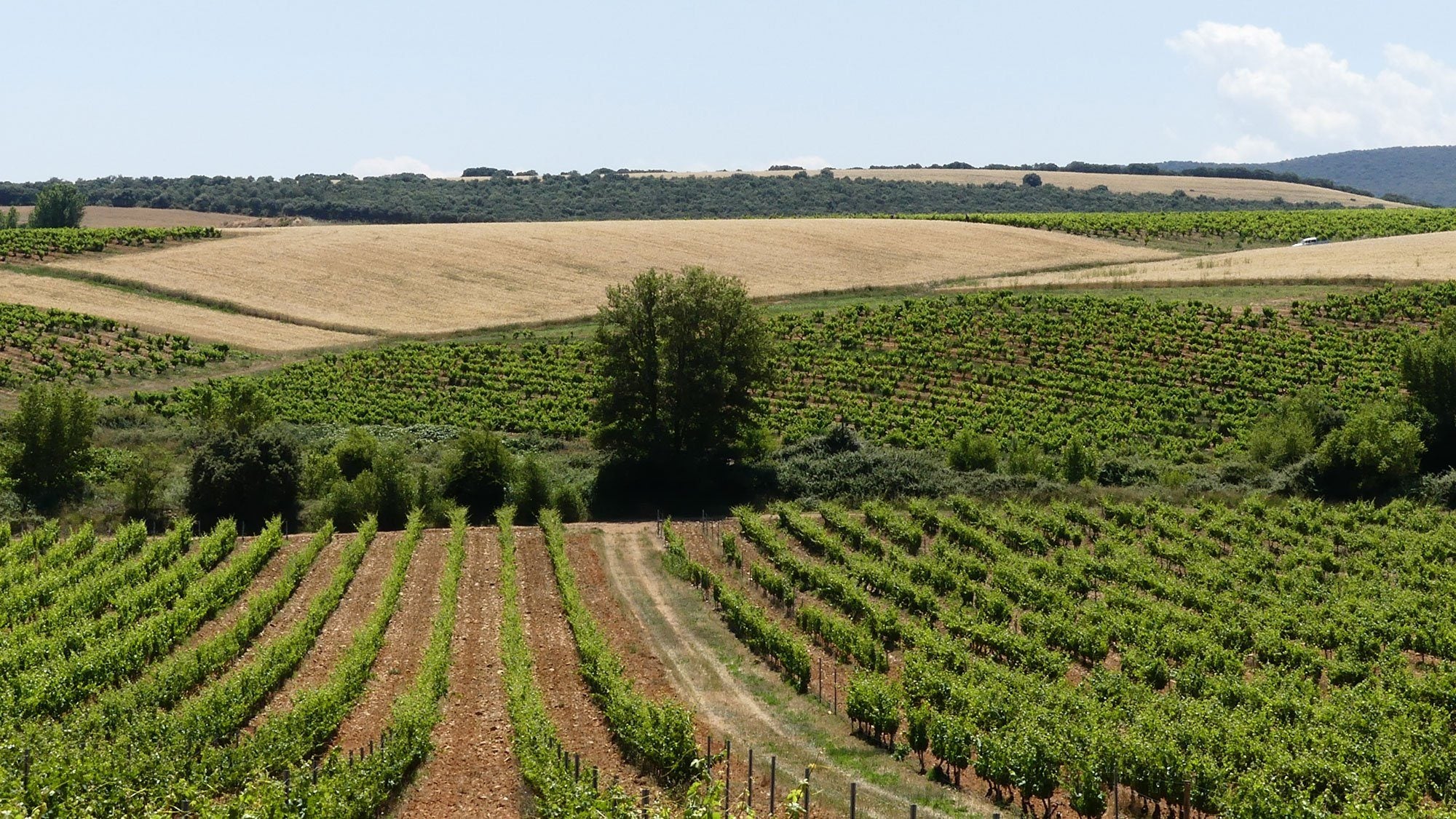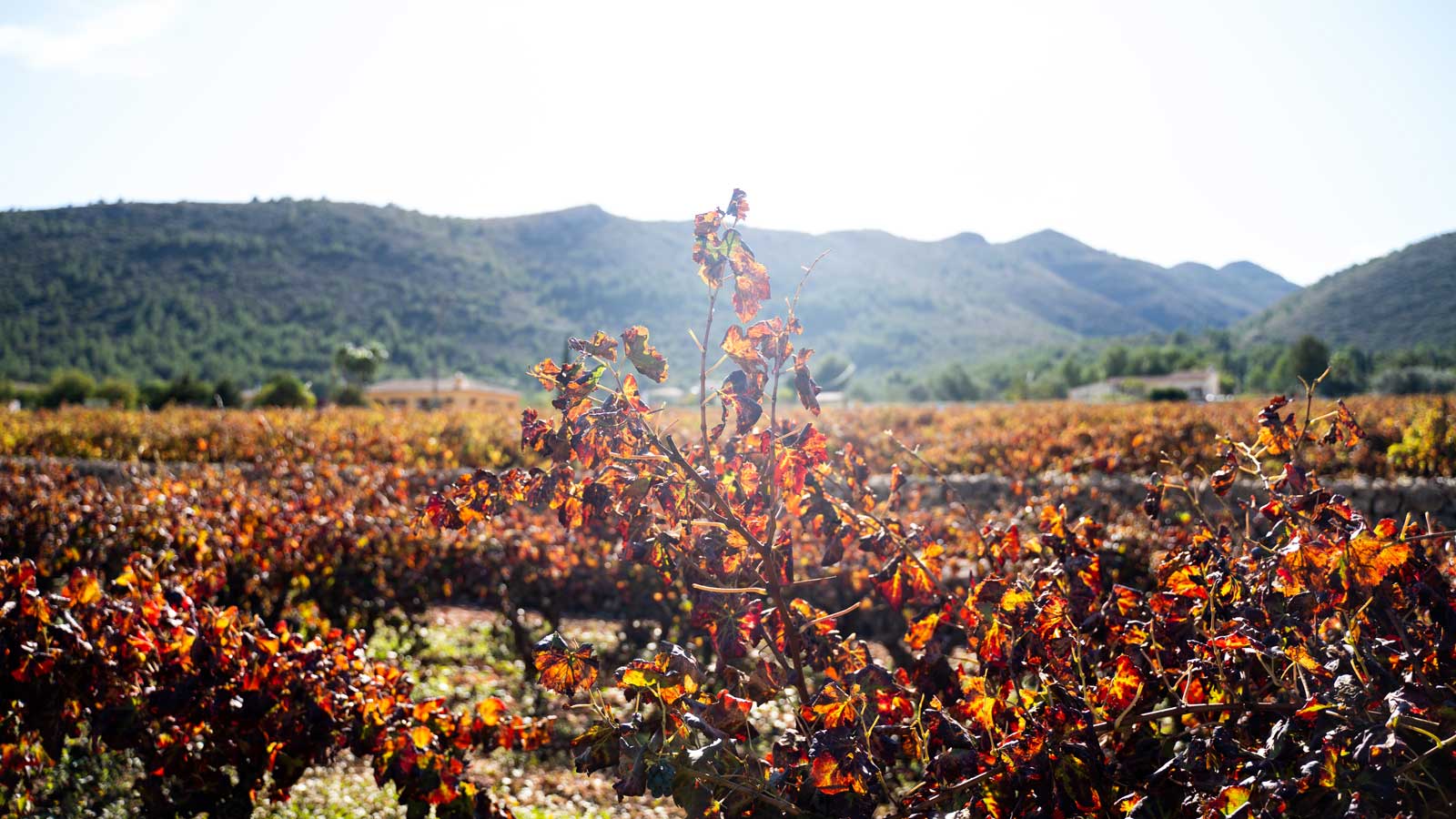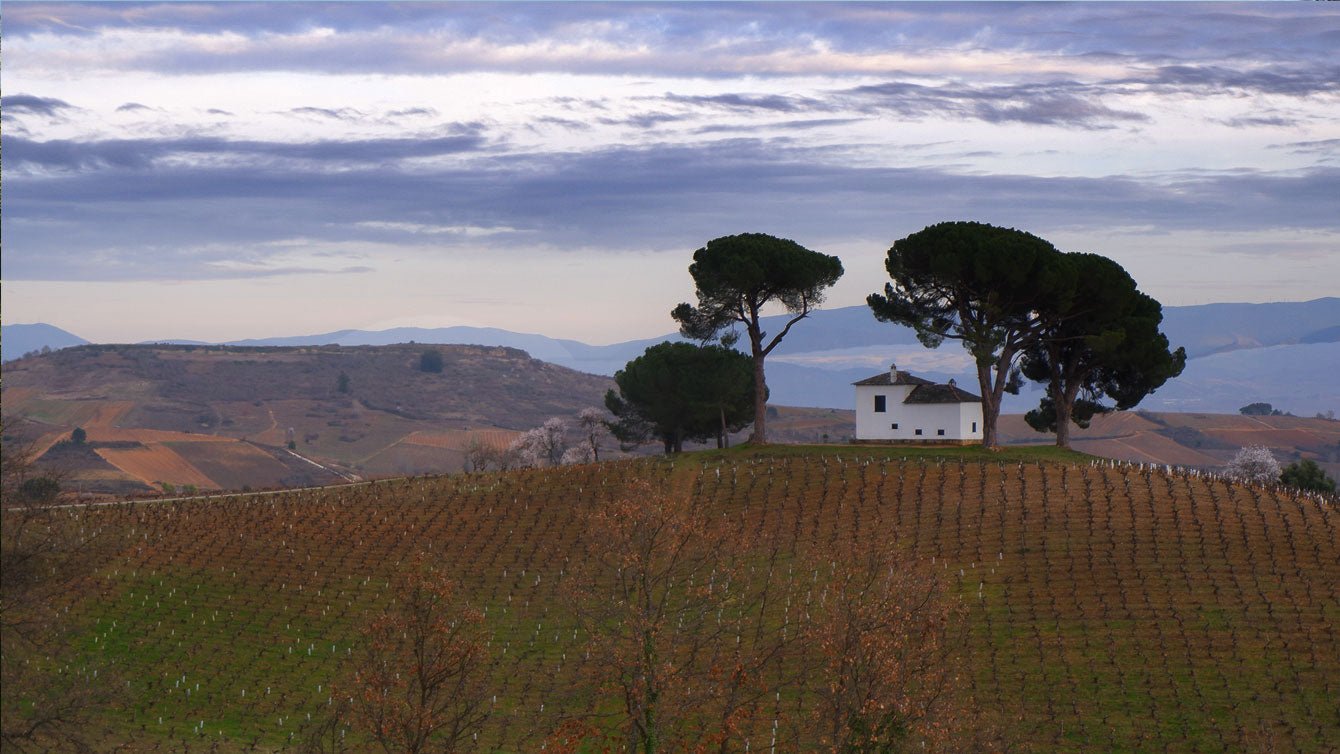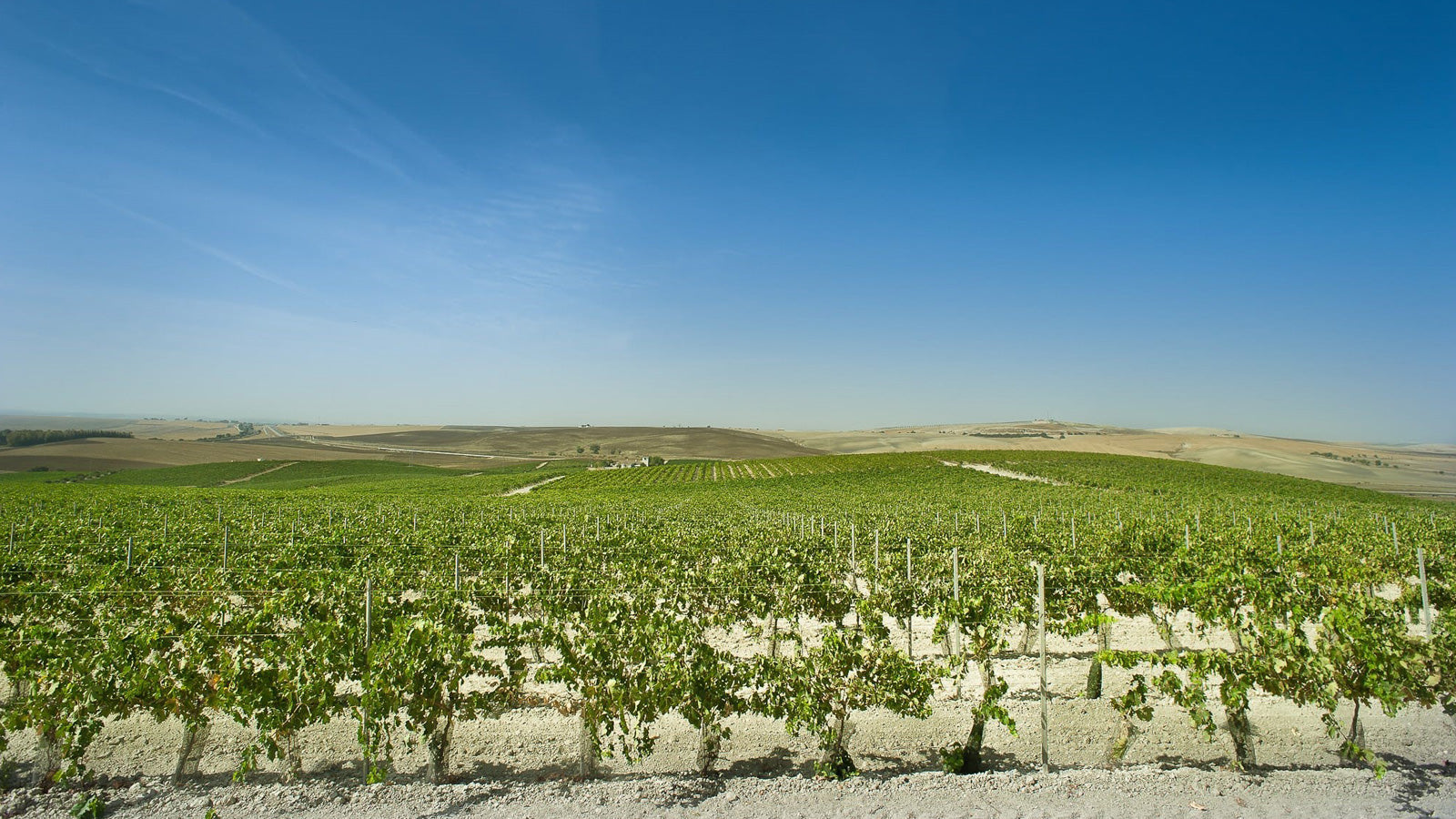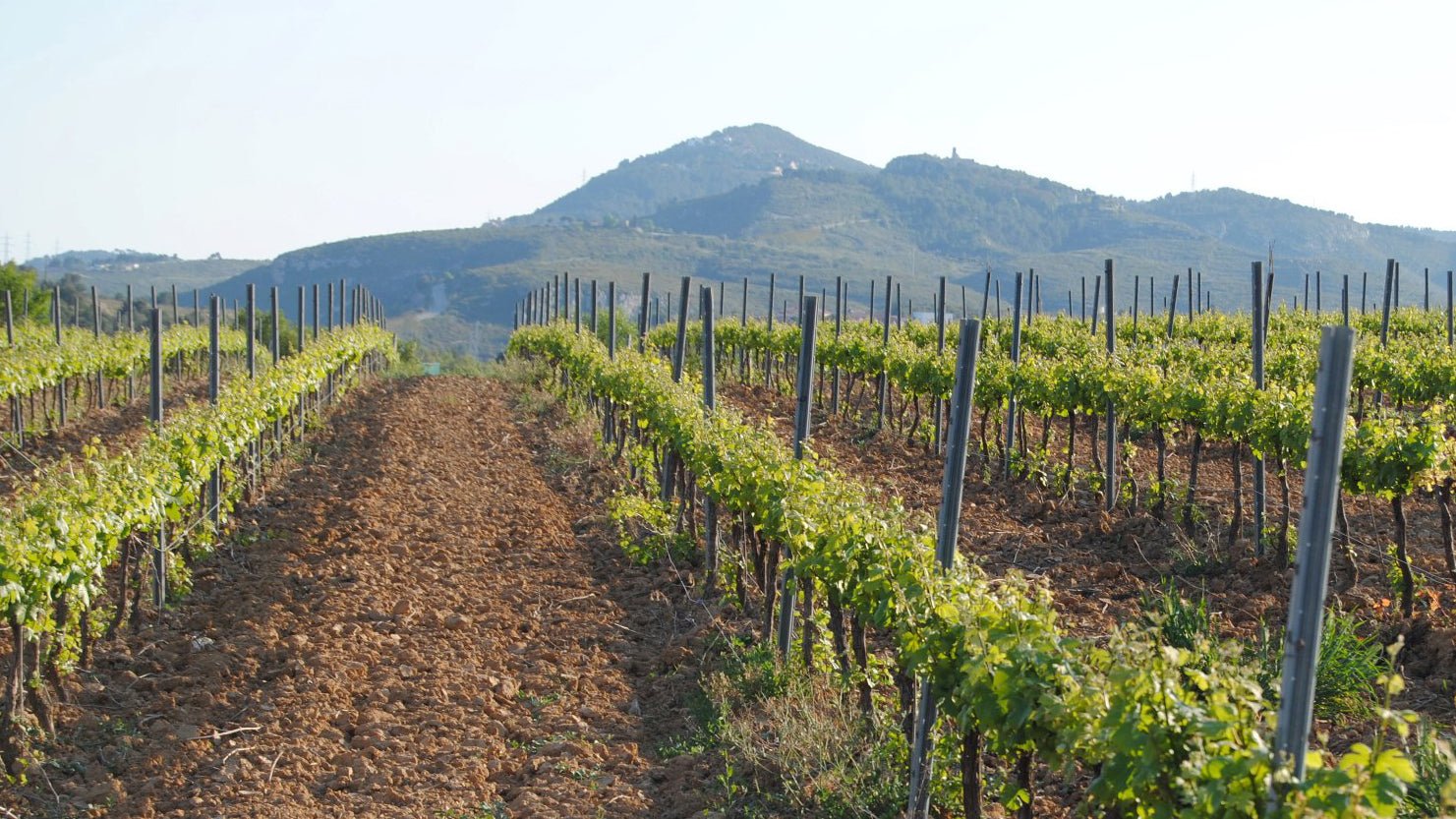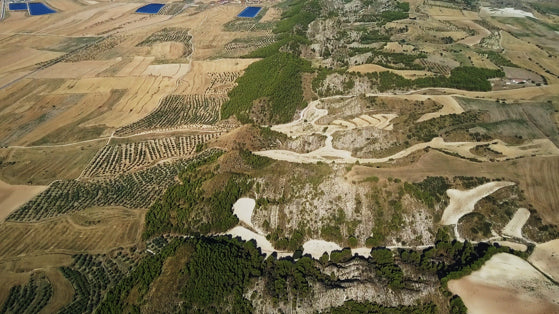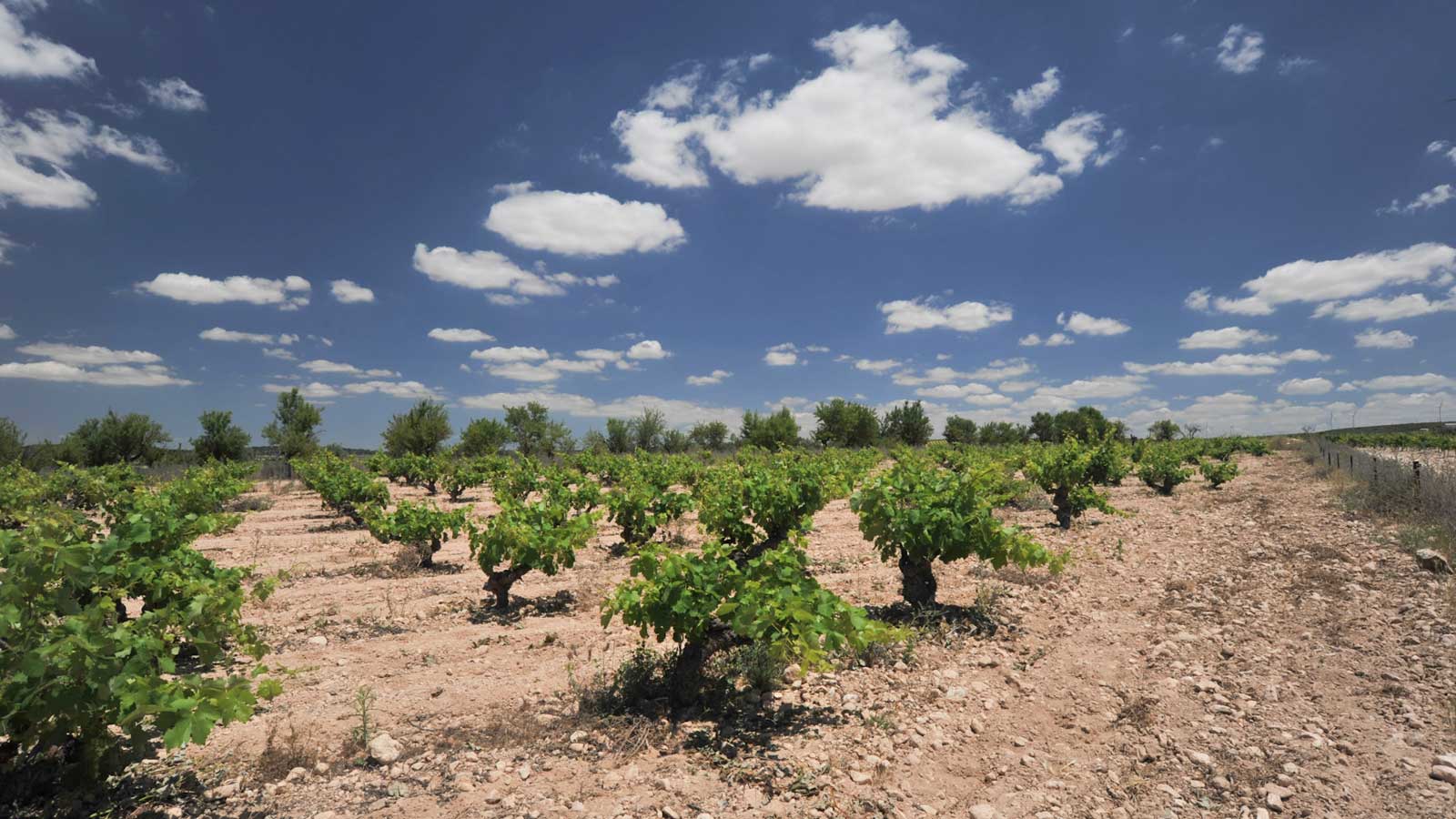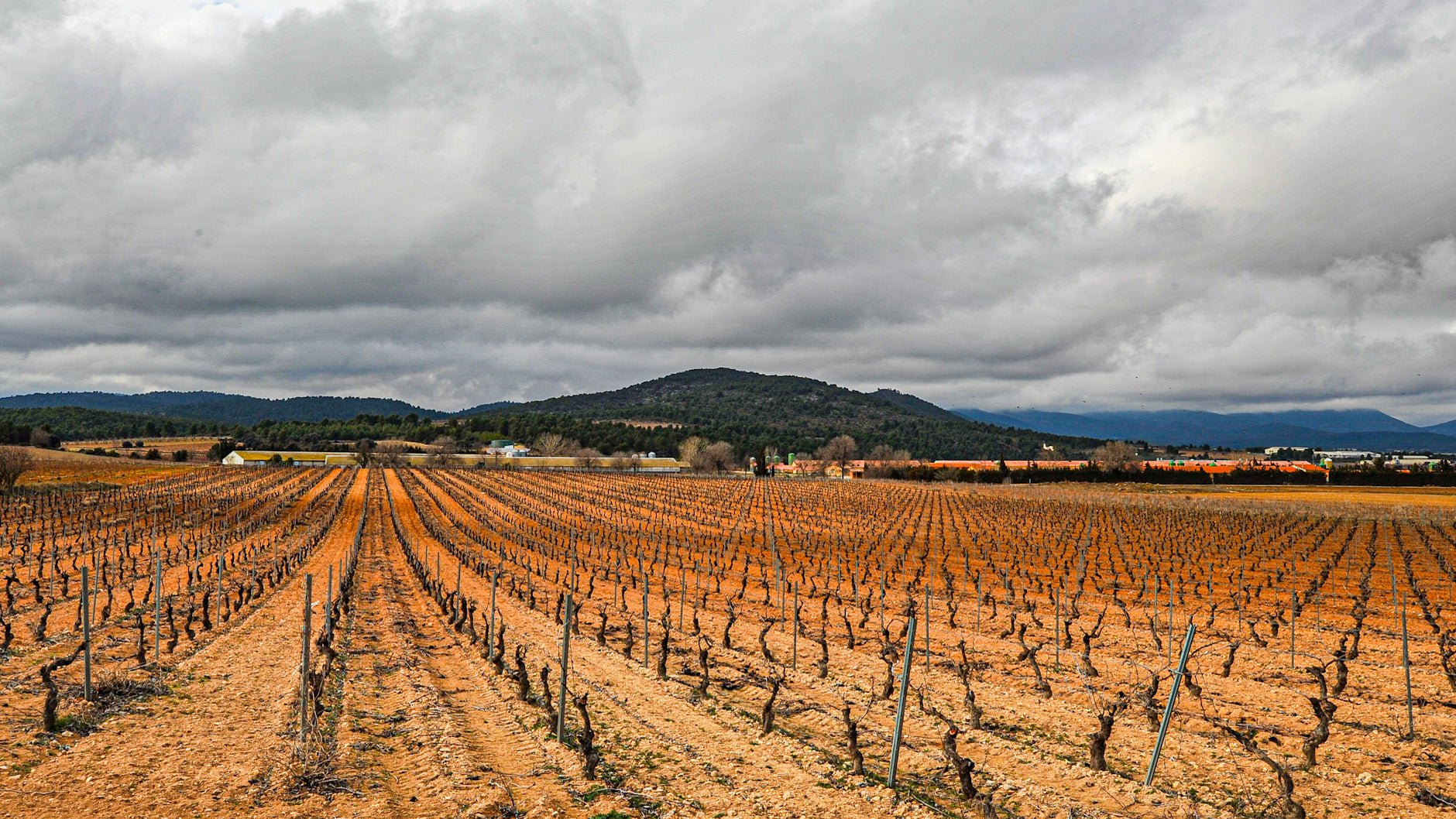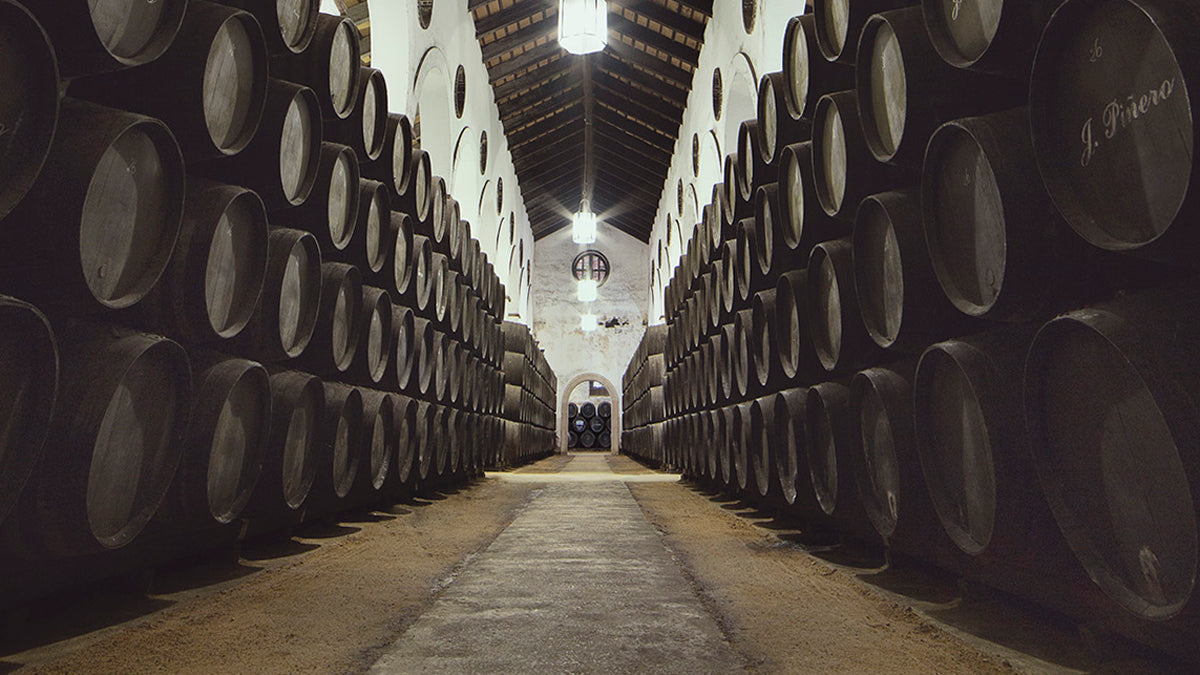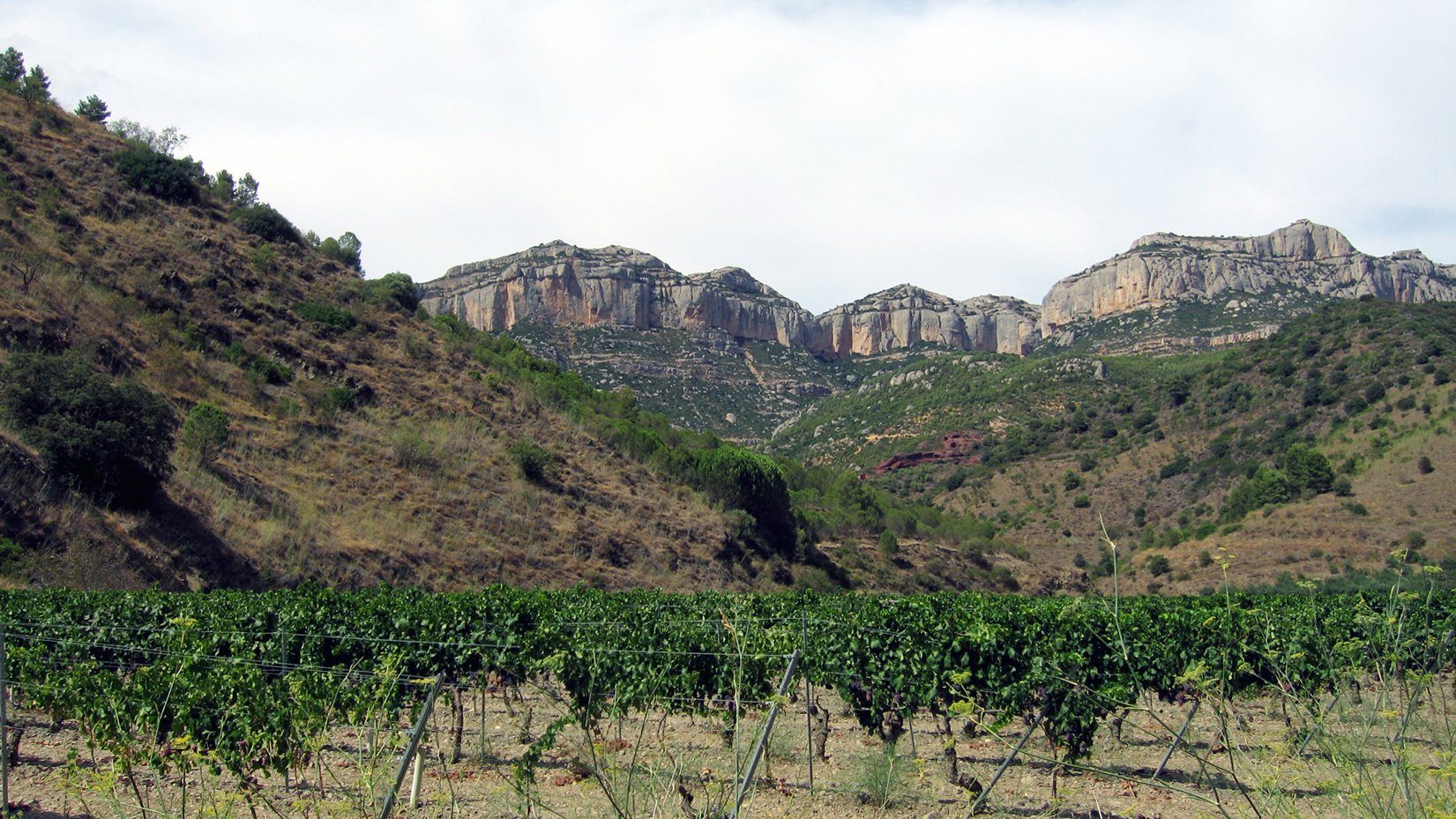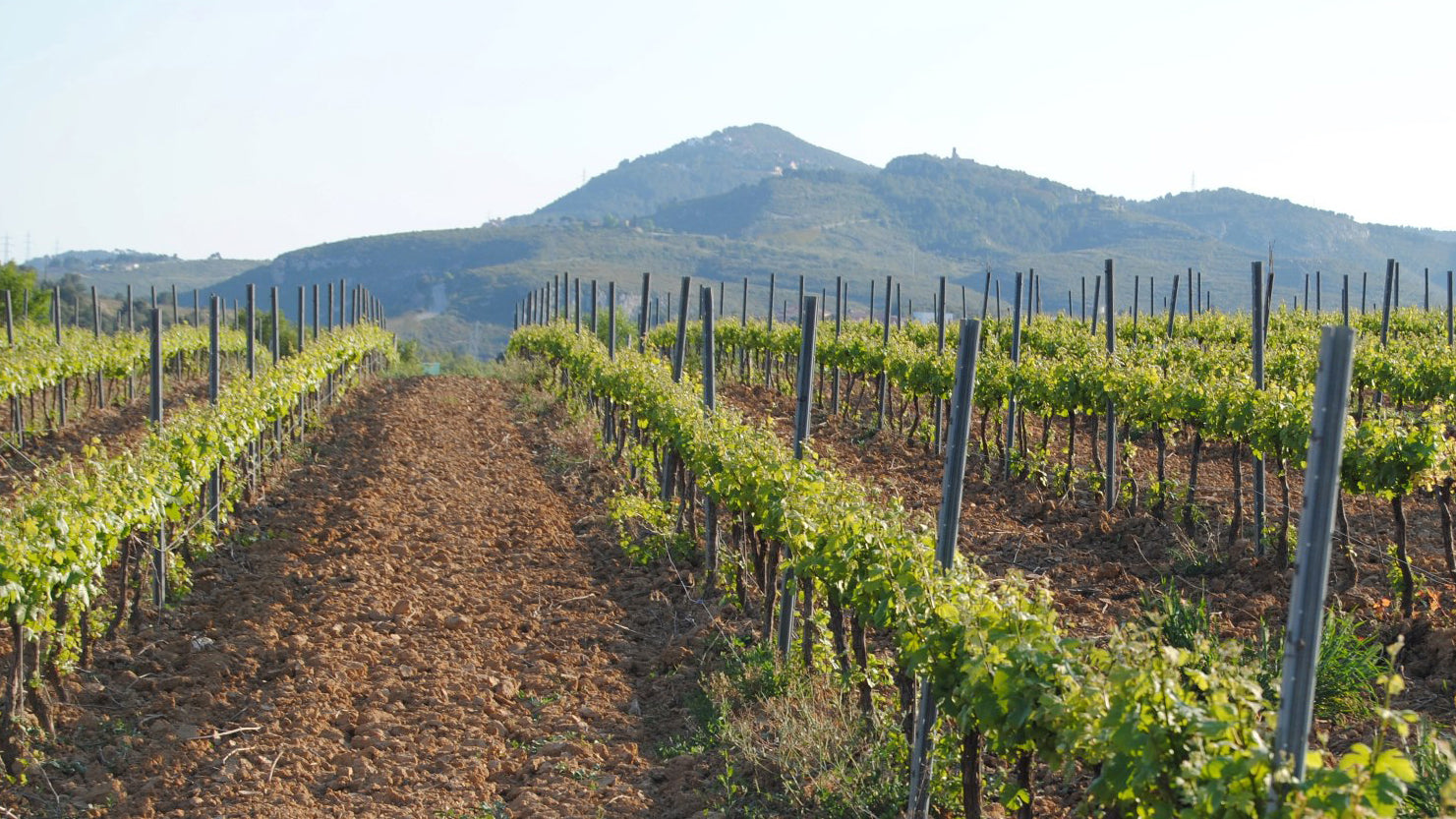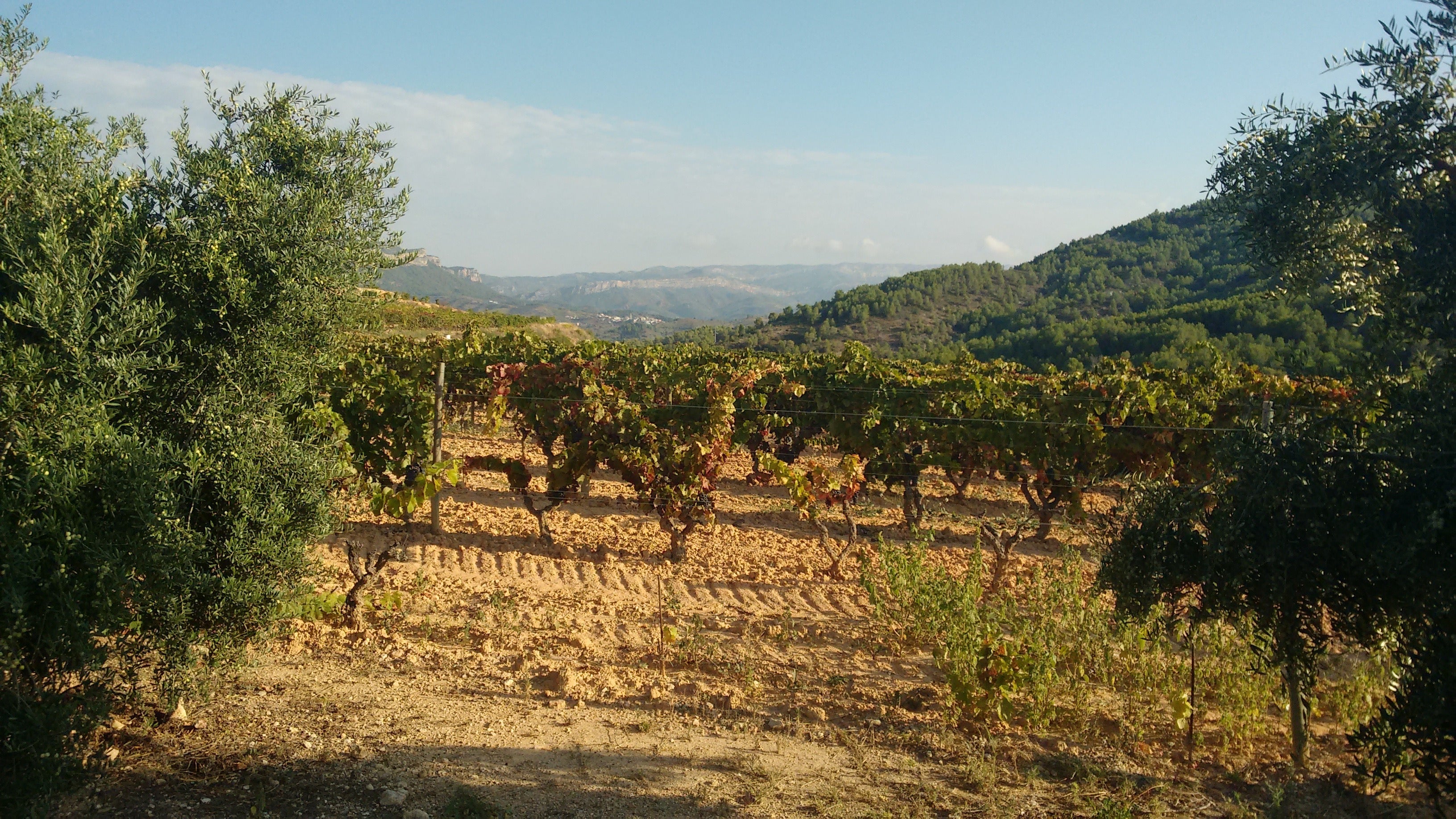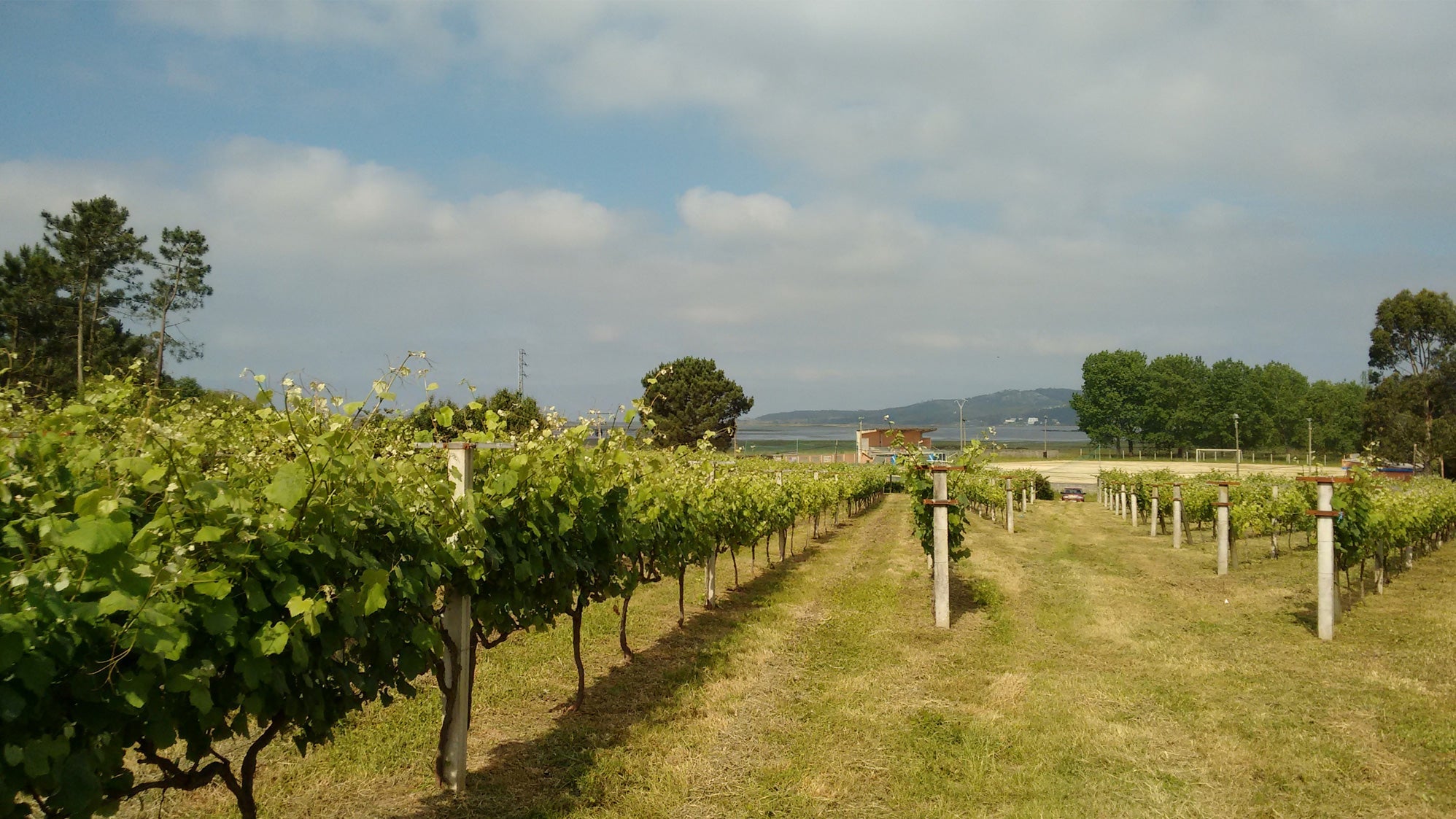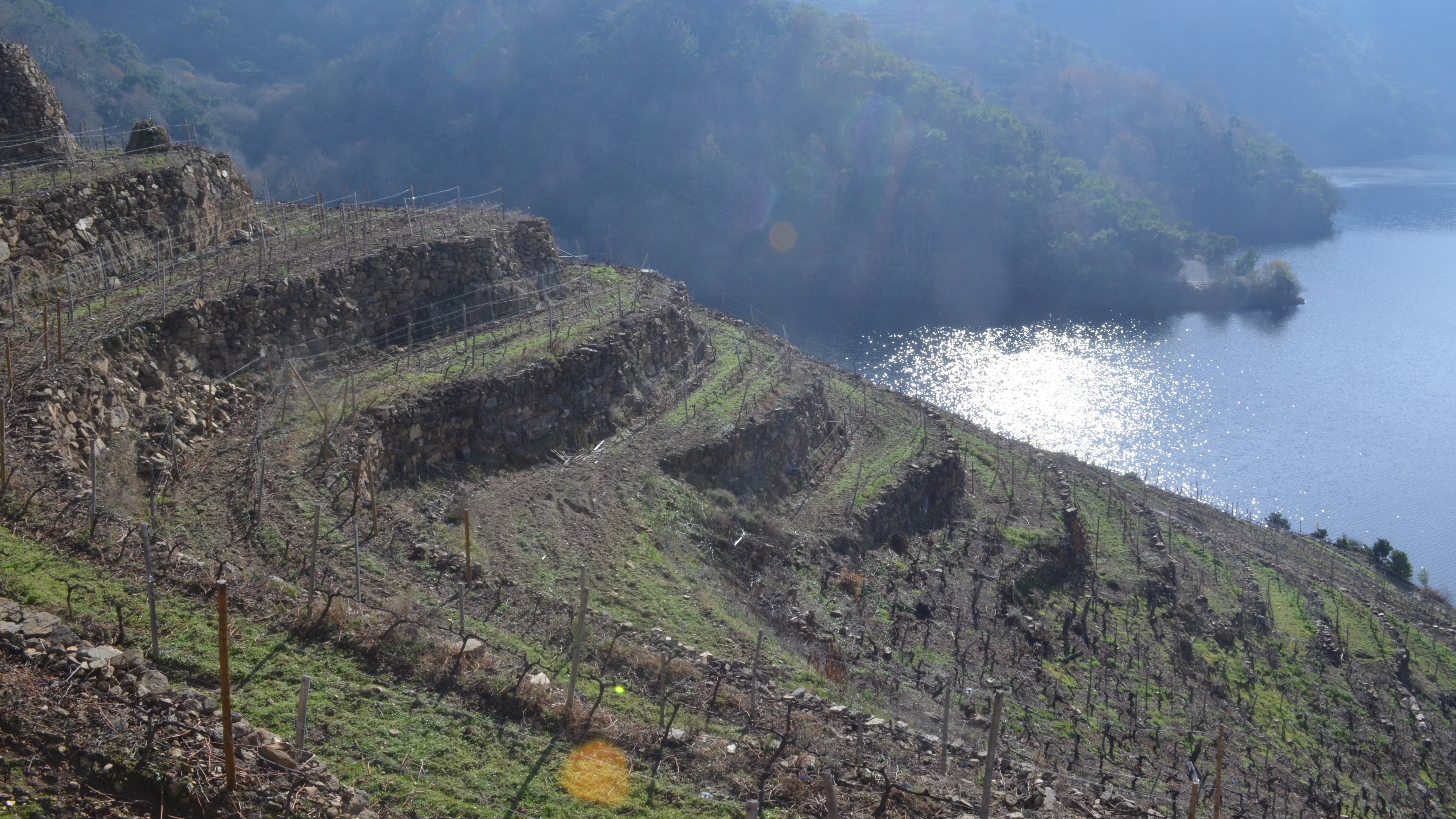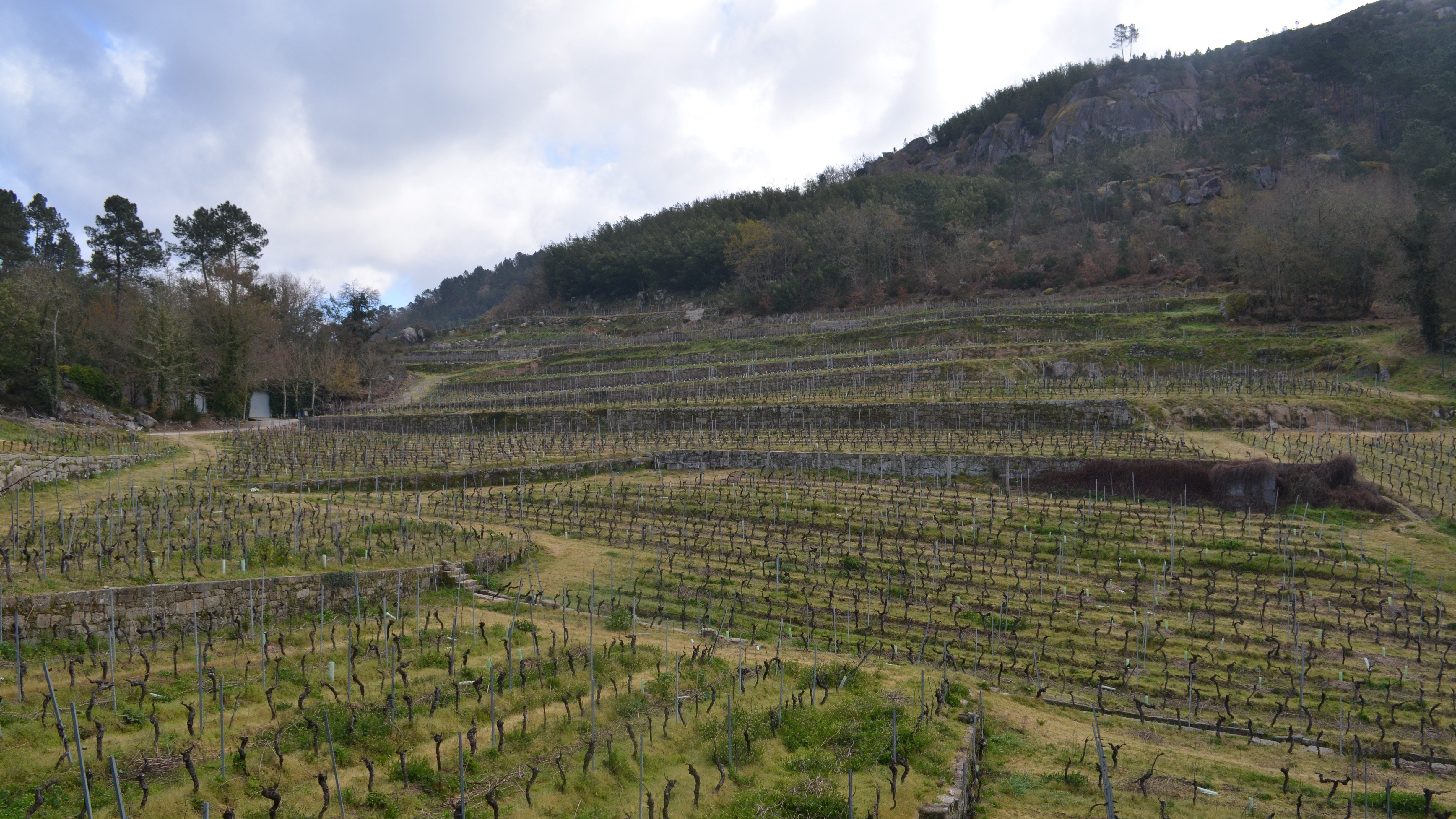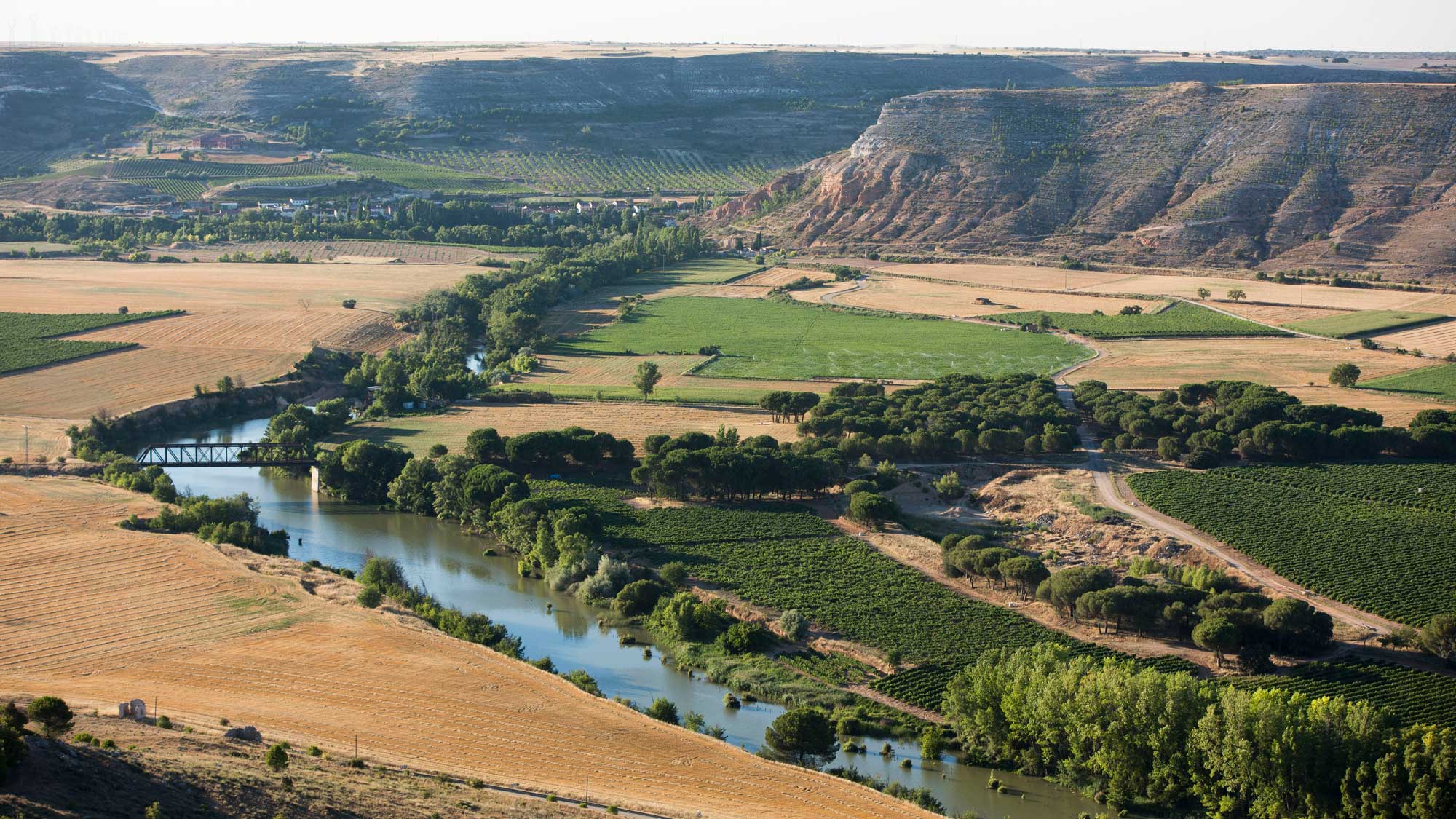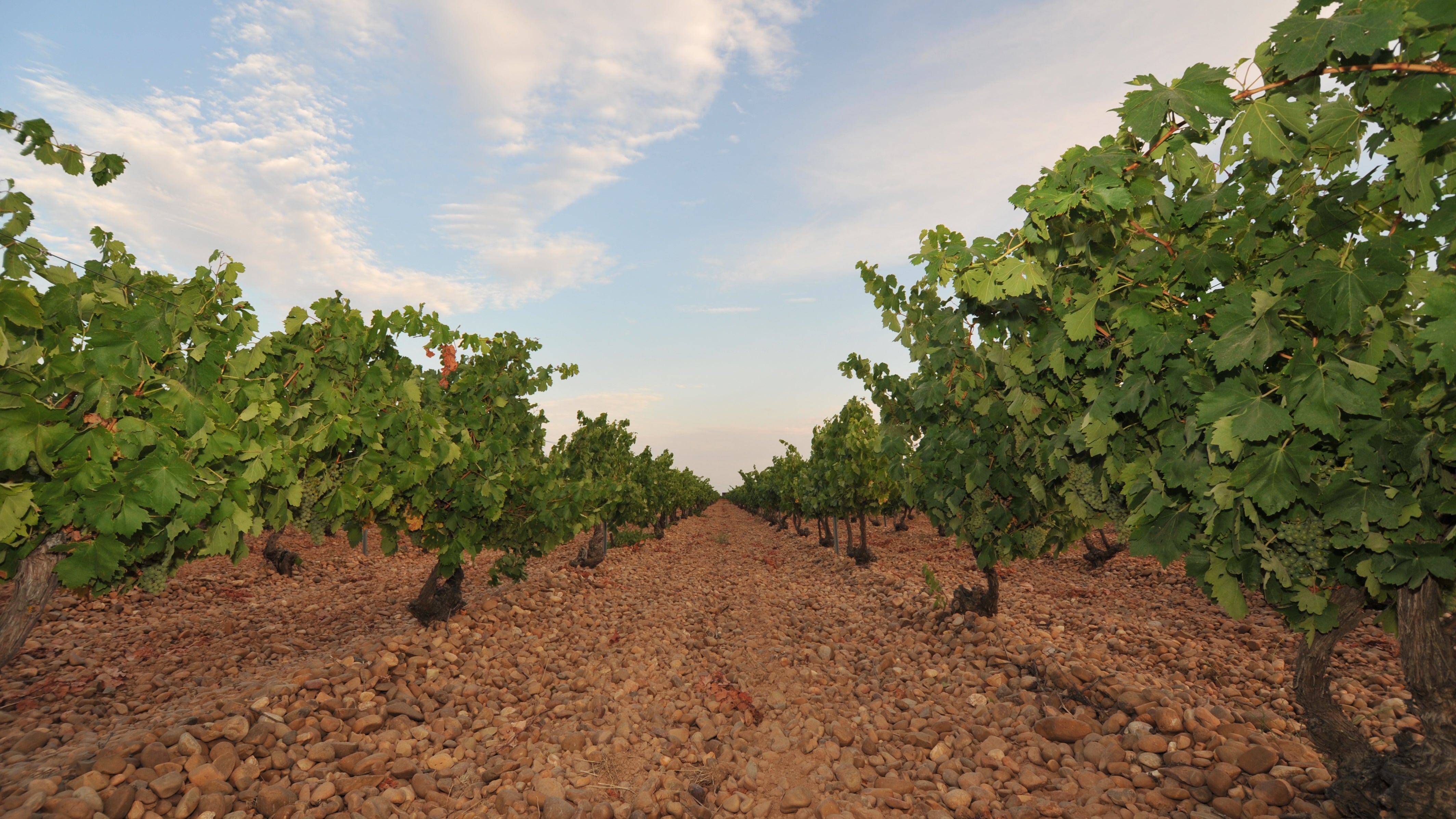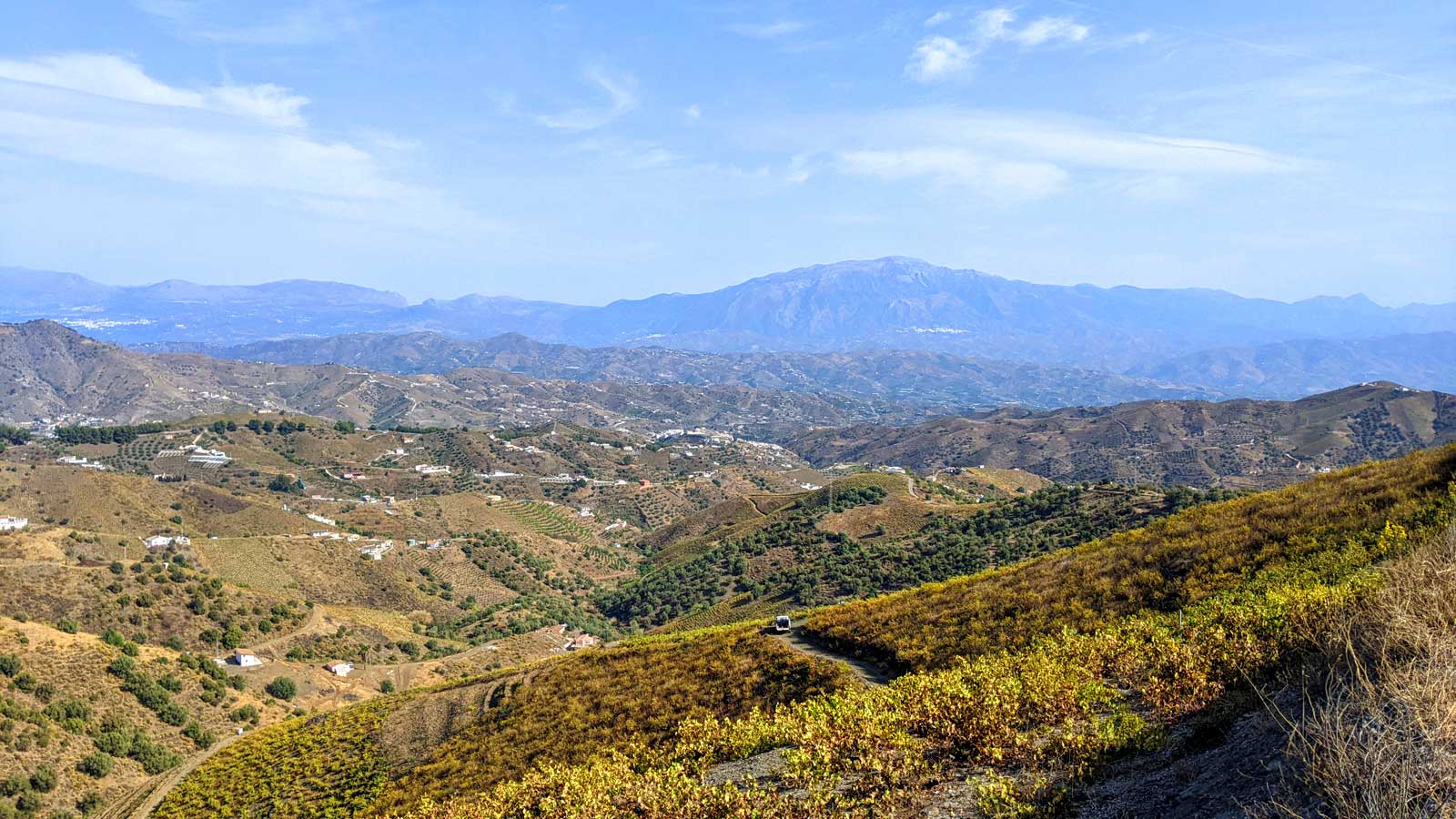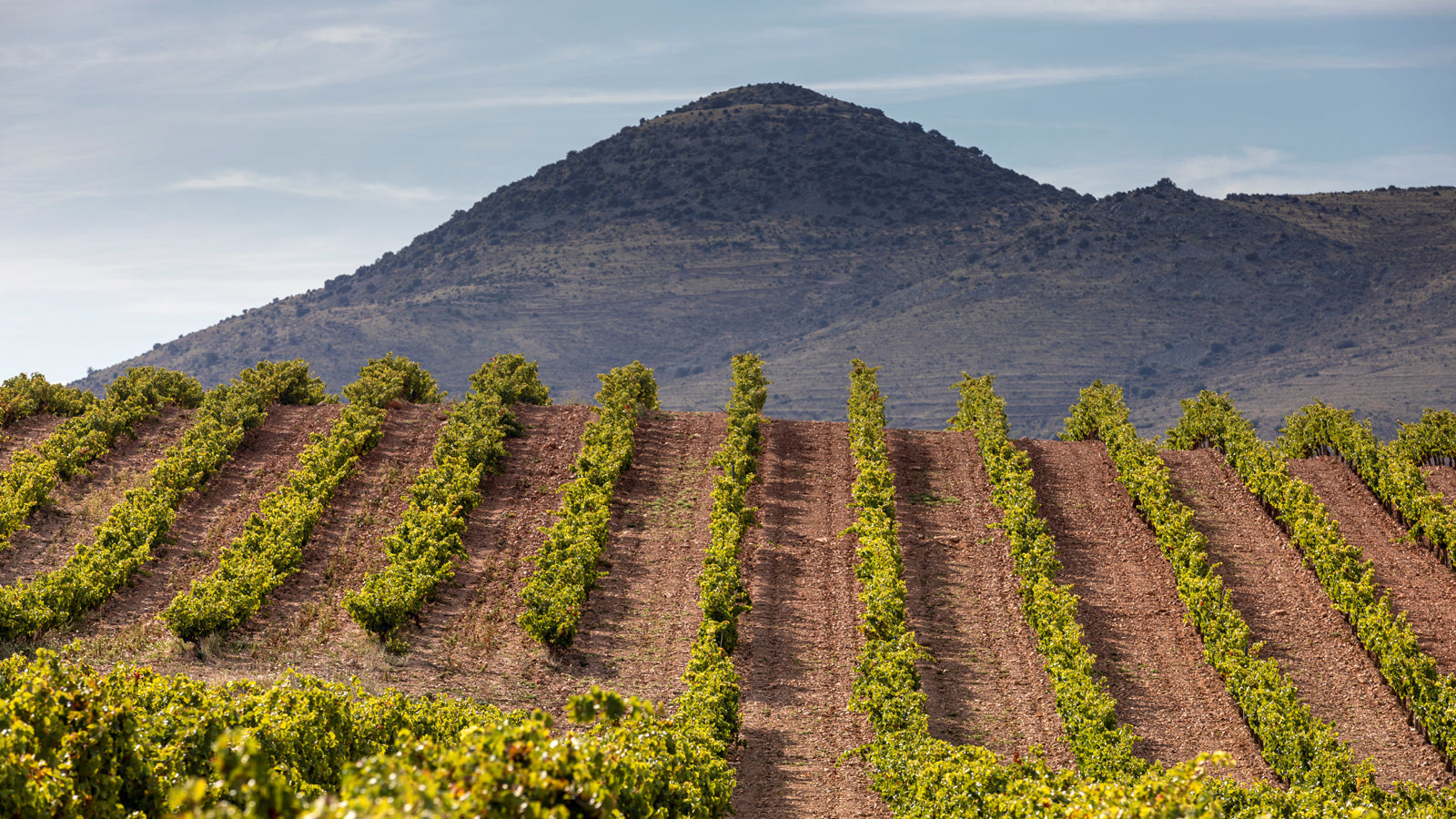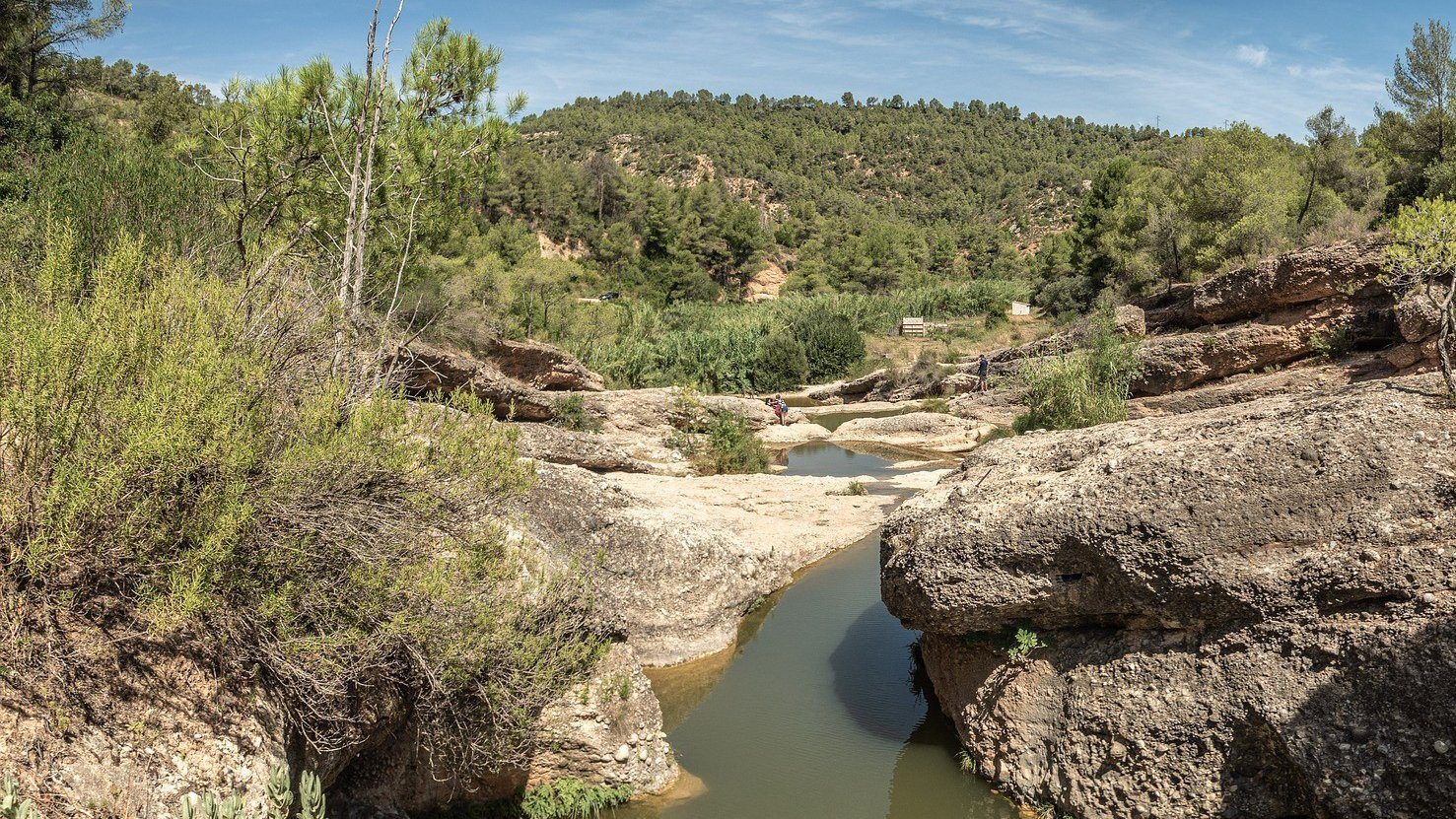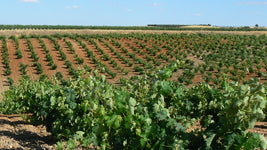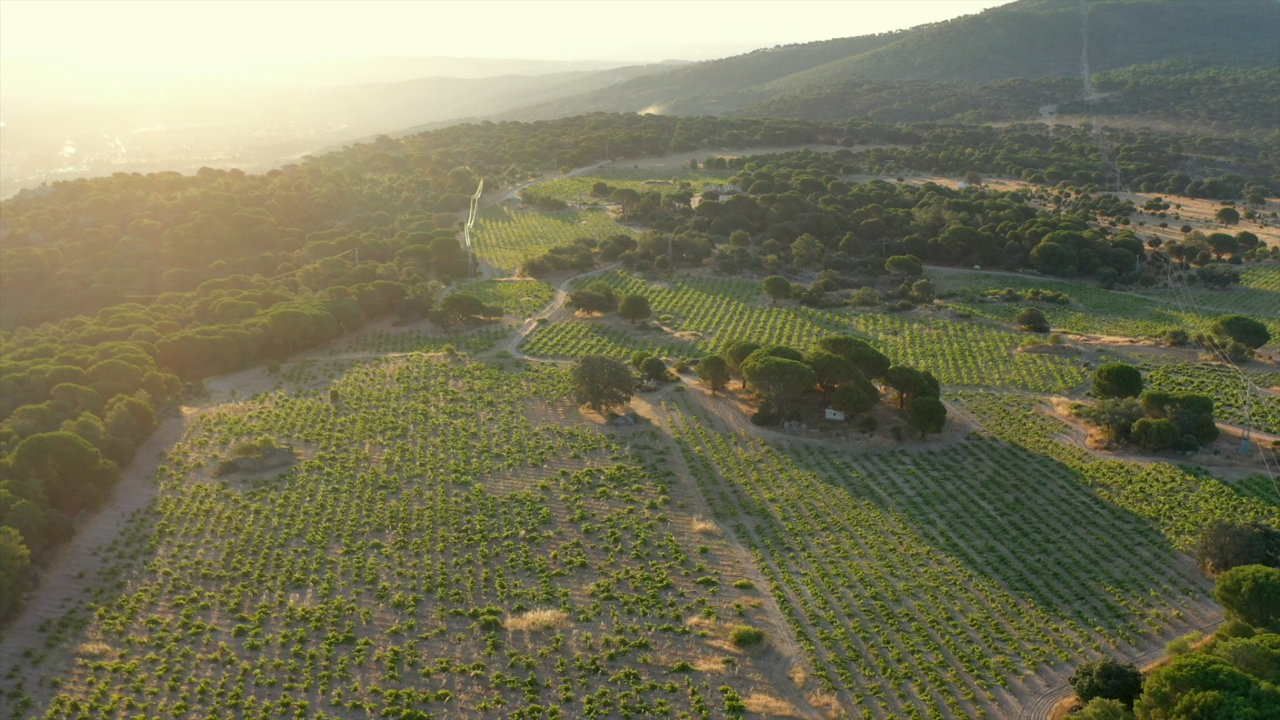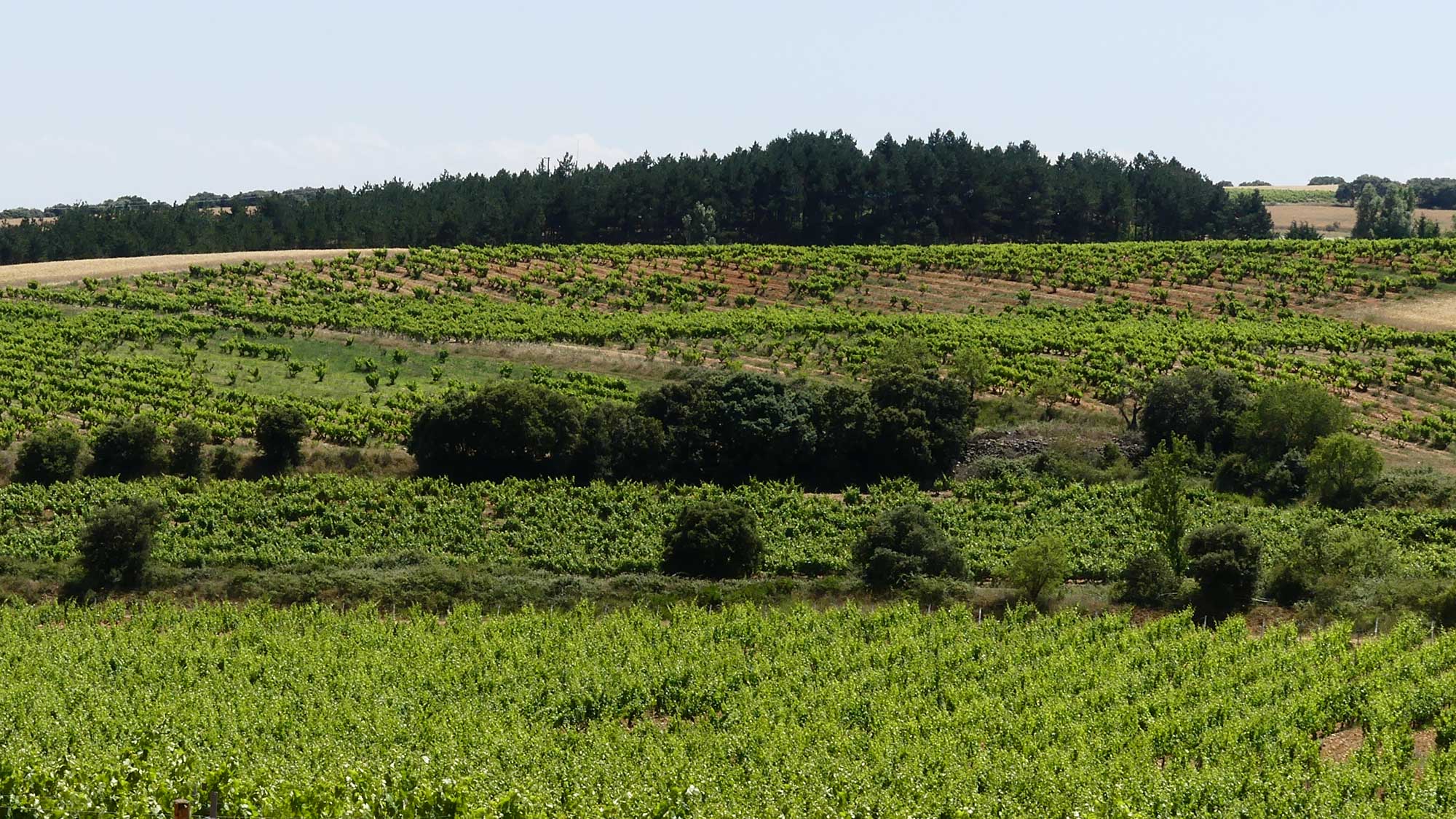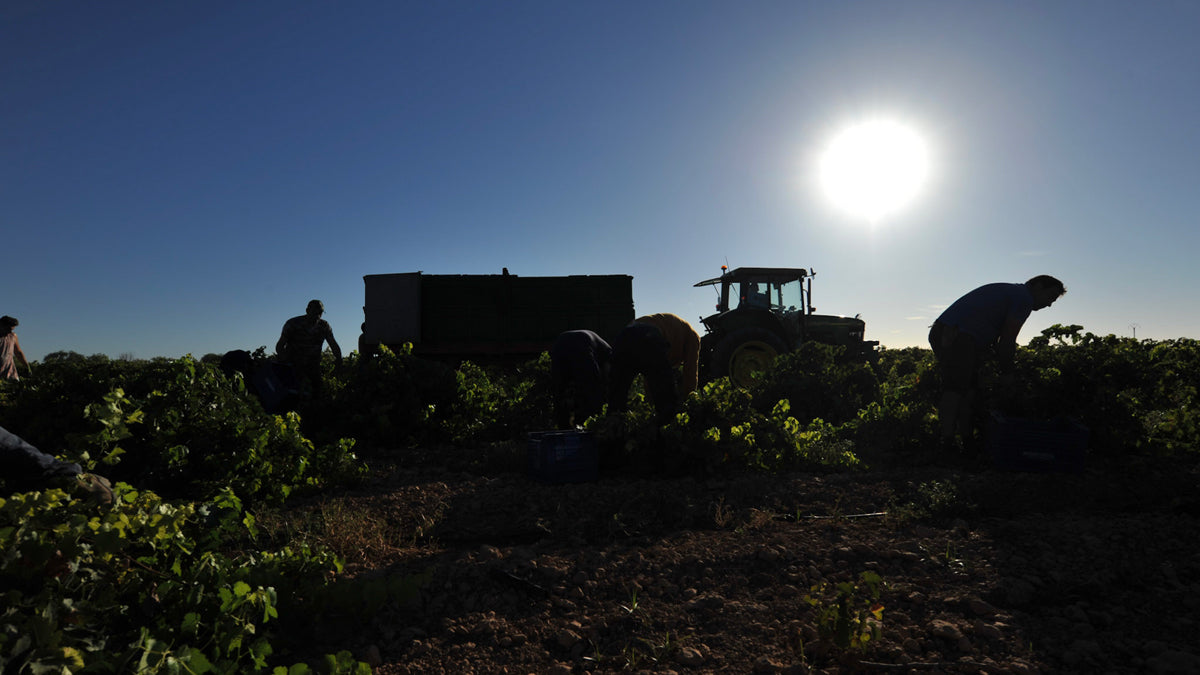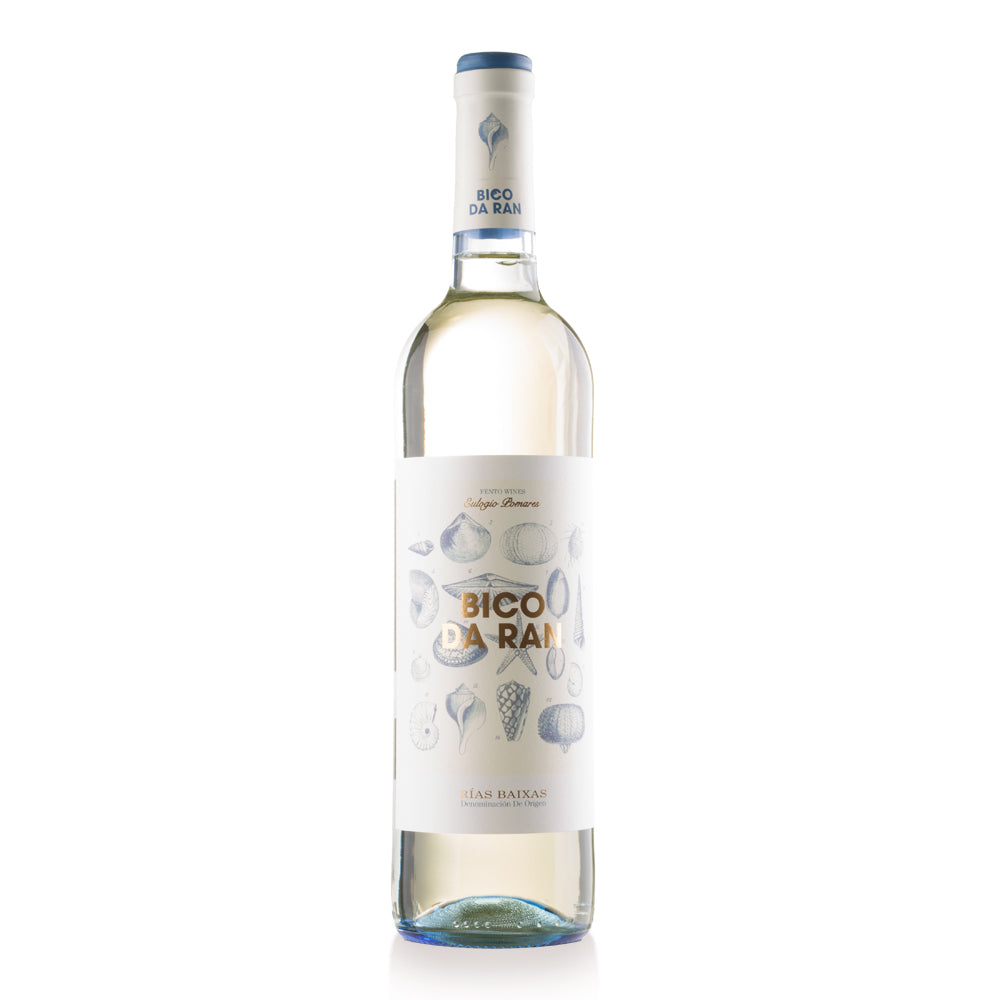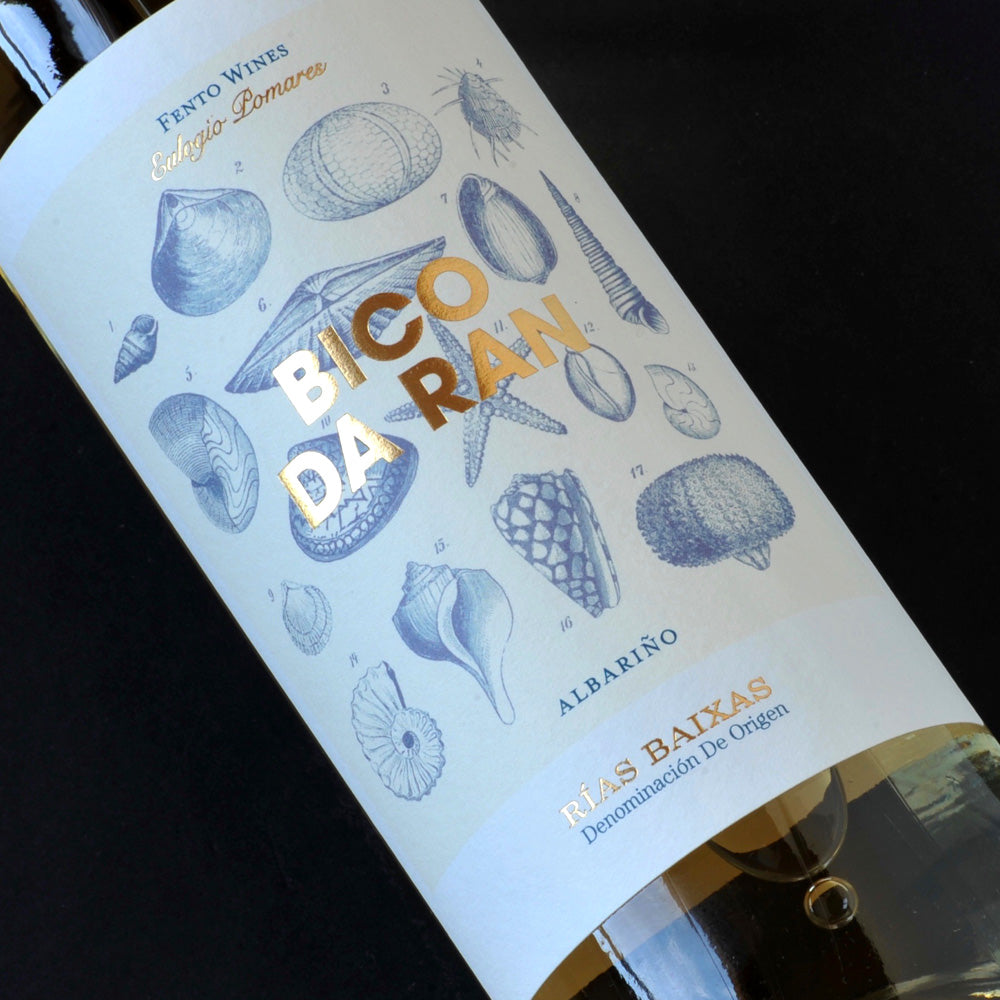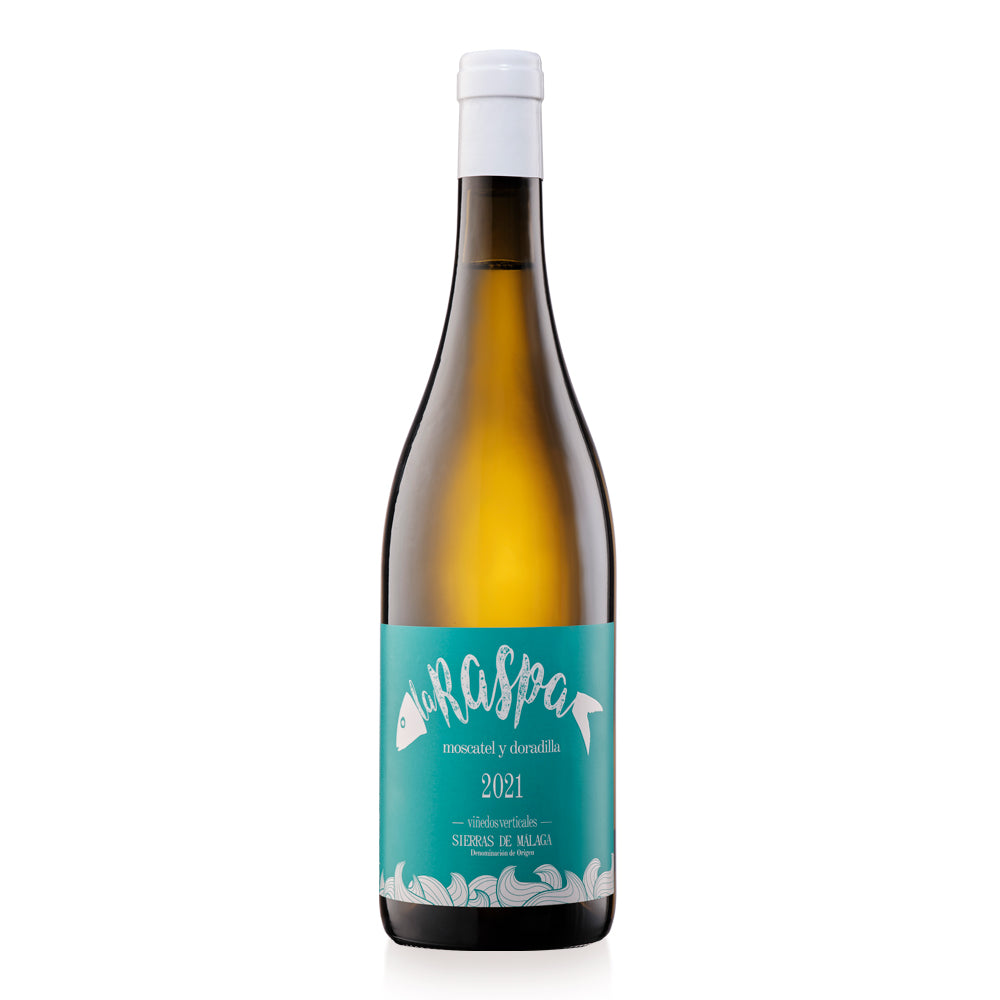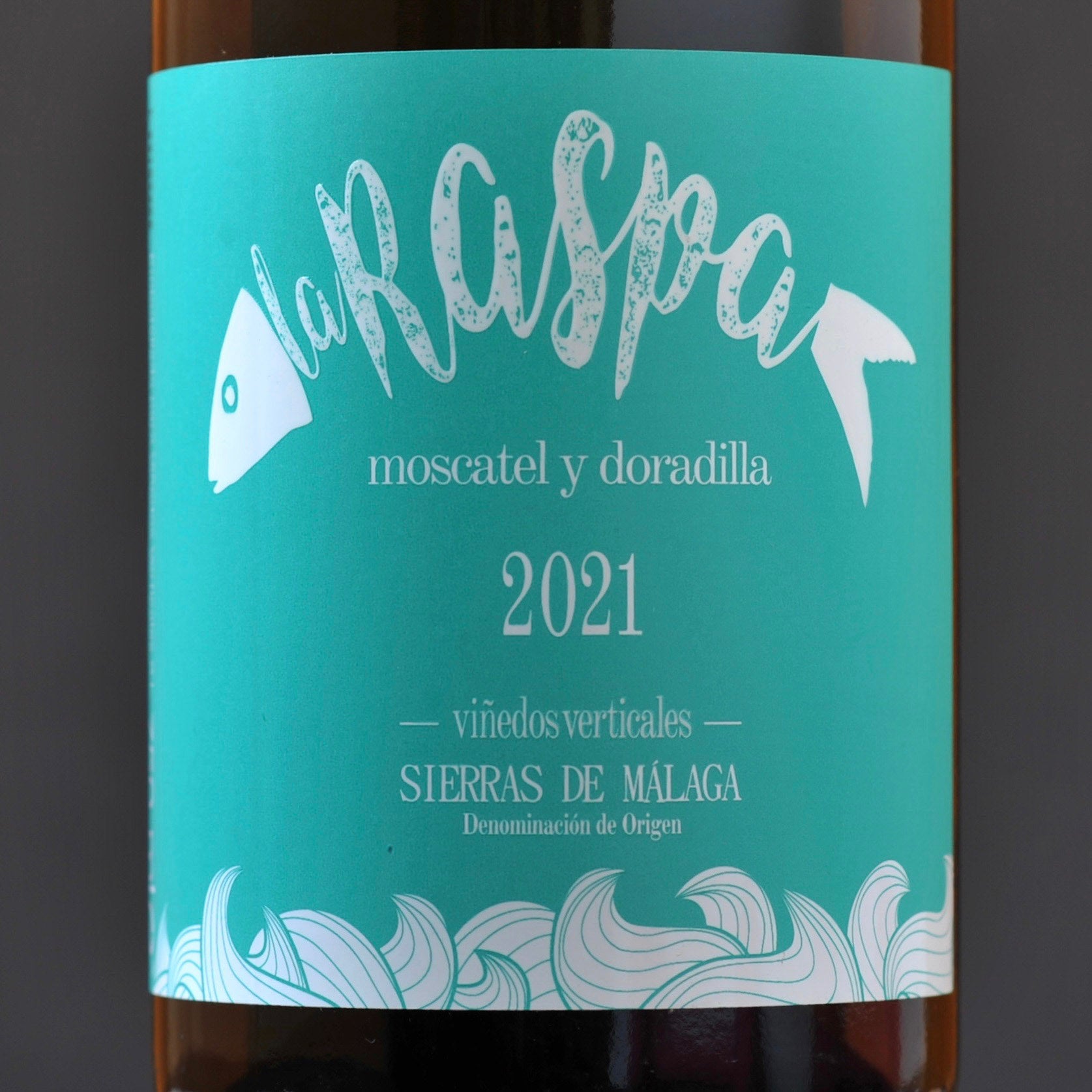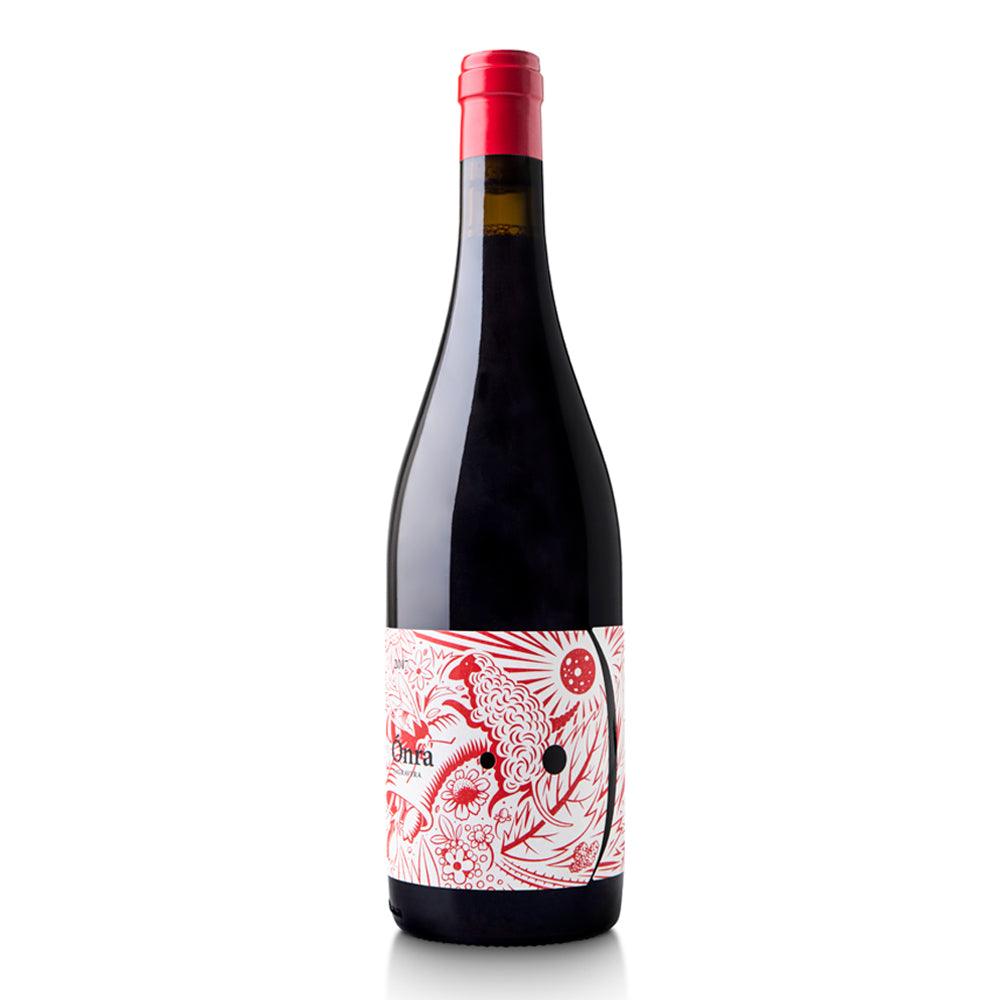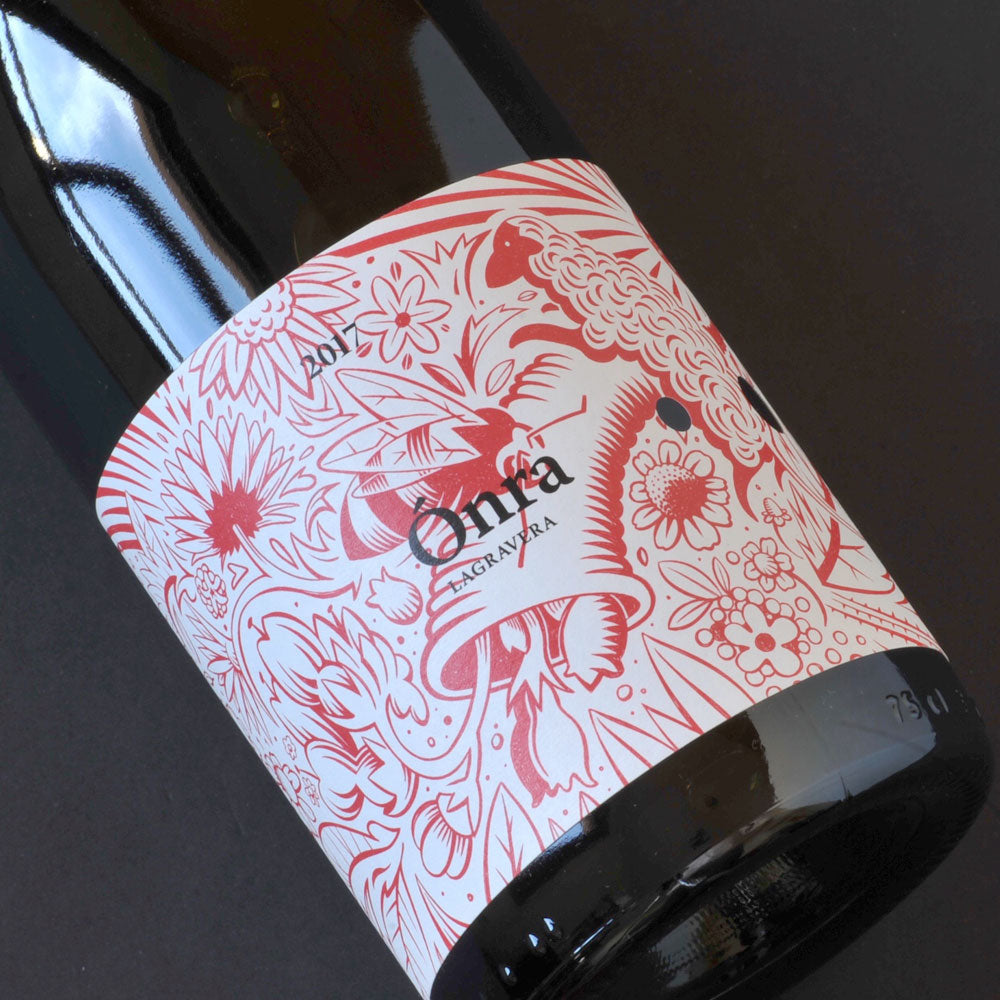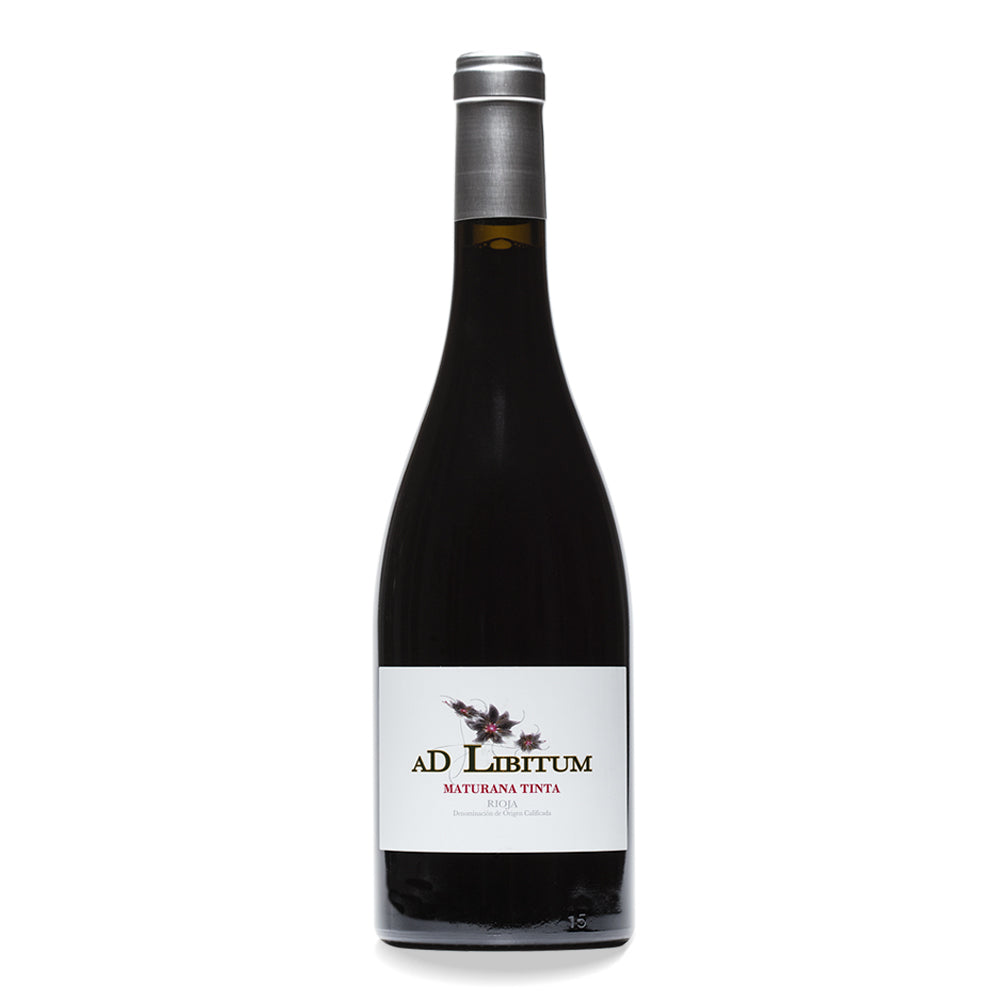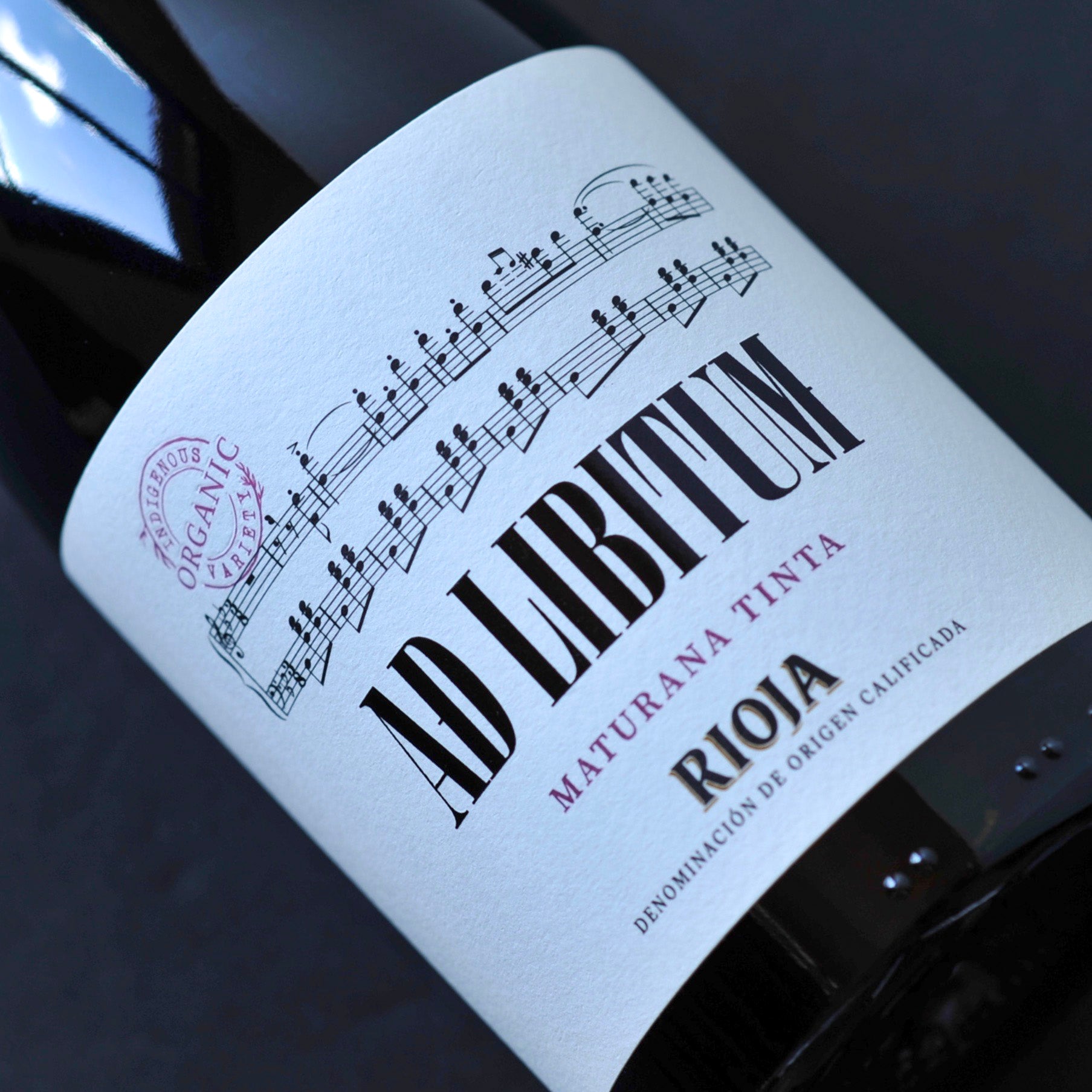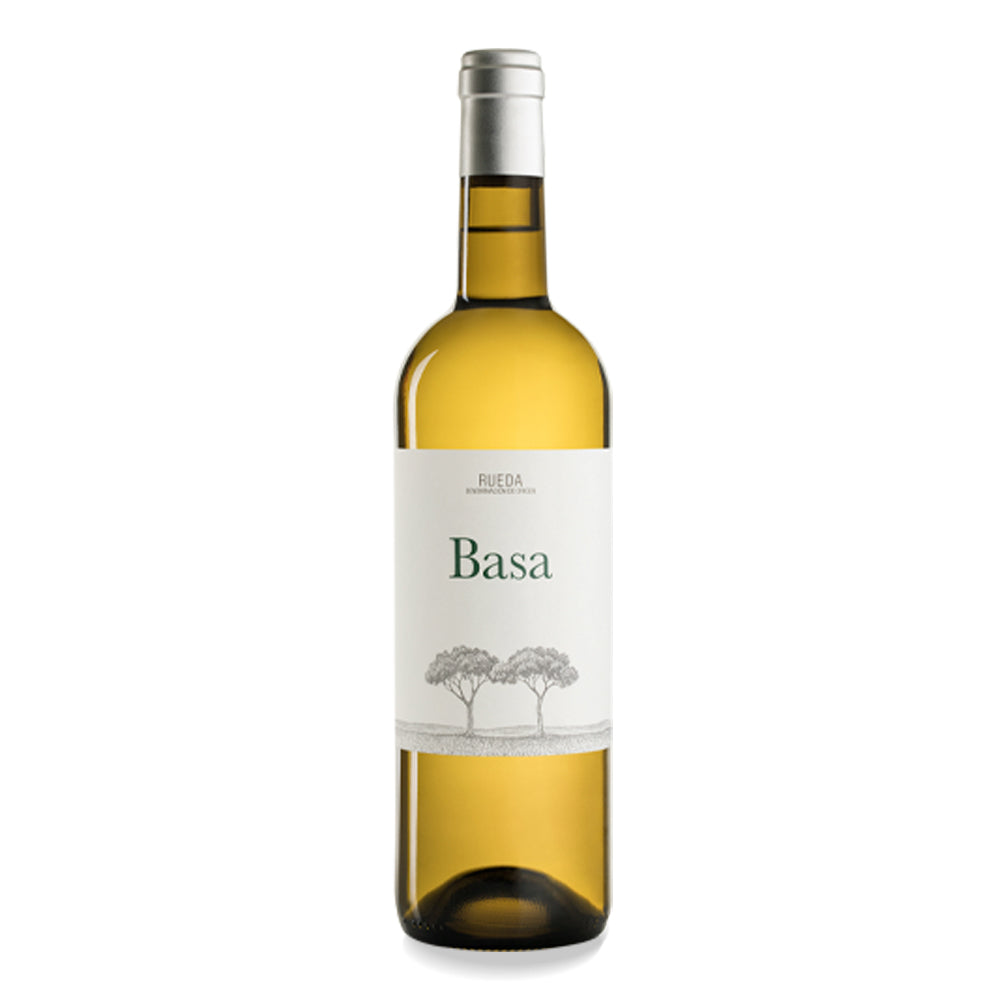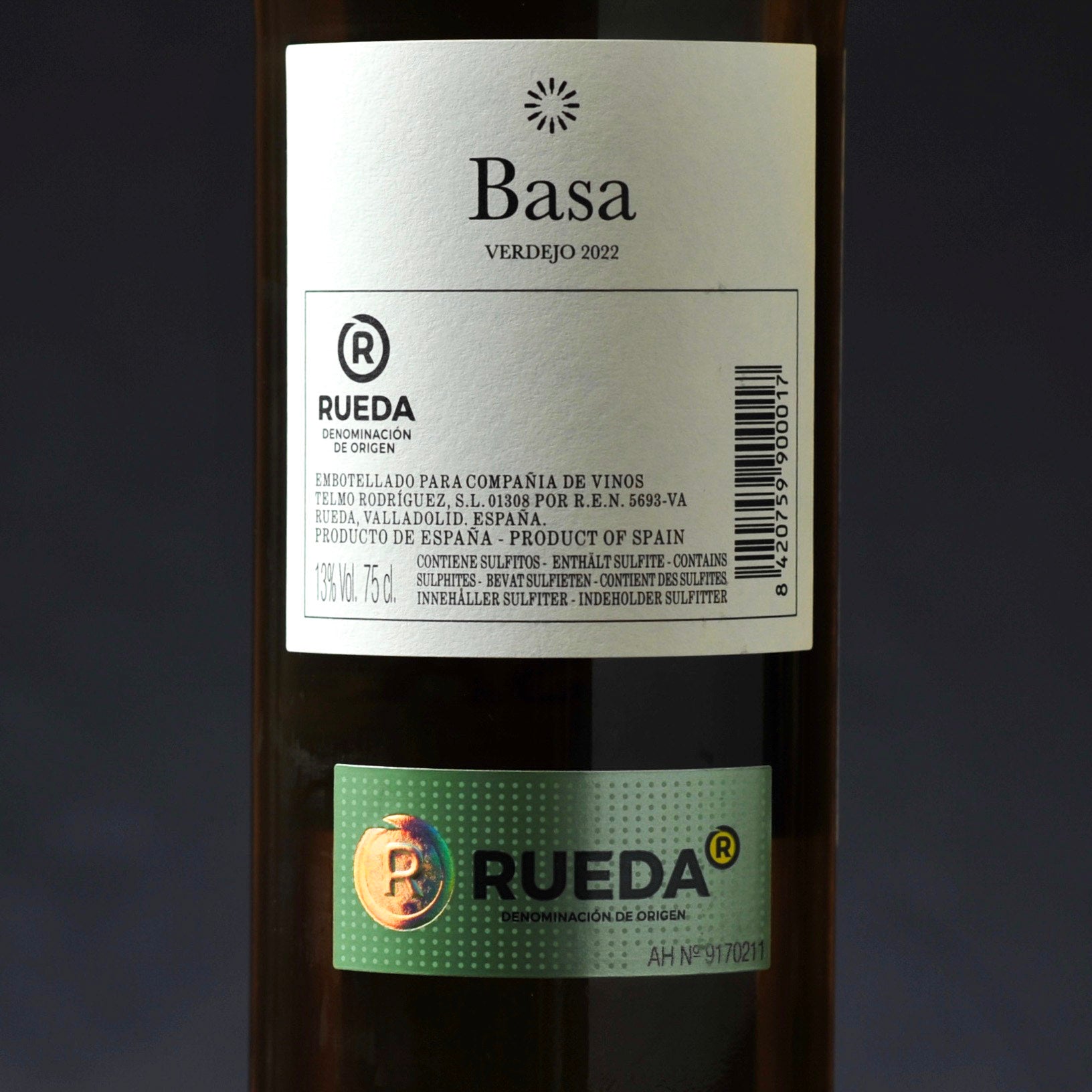Key Points
- Grape varieties: mainly Tempranillo and Viura, followed by Garnacha and Tempranillo Blanco
- Hectares planted: 65,300 Hectares
- Grape growers: 14,800
- Wineries: 602

About Rioja
Rioja is Spain’s – and one of the world’s - best known and best-loved wine regions. It was one of the first regions in Spain to get its act together and protect its brand, so to speak, by becoming an official Denominación de Origen almost a hundred years ago. Today, it’s on a par with other great wine-producing regions of the world like Bordeaux or Burgundy in France or Barolo in northern Italy.
In some ways, Rioja is almost too well-known. Producing more than 300 million bottles a year and exporting to over 120 countries, millions of wine drinkers around the world have learnt to ask for "a glass of Rioja", but perhaps haven’t stopped to think too much about what makes the wines from Rioja so special.
The geography of Rioja
The wine-producing region - or Denominación de Origen Calificada – of Rioja, is in the north of Spain, about 3 hours north of Madrid and just under a hundred kilometres from Bilbao on the coast.
It runs about 100 km from West to East and 40 km North to South, centred around the city of Logroño – which is the capital of the Spanish region of La Rioja. The Ebro river, one of Spain’s great rivers runs through it from West to East.

In terms of size, Rioja has just over 66,000 hectares of vineyards, which is about 7% of the Spanish total. And for those of you that like international comparators, that’s just over double the size of Burgundy and half the size of Bordeaux. And it is divided into 3 sub-zones:
- Rioja Alta, the western end to the West of Logroño on the map which covers close to 28,000 hectares and includes the famous winemaking town of Haro;
- Rioja Oriental, or Eastern Rioja, which until recently was known as Rioja Baja, covering 25,000 hectares;
- Rioja Alavesa, which is the smallest zone, with more family-run wineries, and covers just over 13,000 hectares.
While from a winemaker’s perspective, there are important differences between the three zones, unlike lots of other well-known wine regions, the reasons behind Rioja’s internal divisions have perhaps more to do with politics than geology or soil type.
That’s partly because in political terms the wine region of Rioja covers quite a broad area. Most of it is in the Spanish province of La Rioja, but it also strays into other provinces like Navarra to the north-east flank, the Basque province of Álava to the North – hence Rioja Alavesa - and even a tiny bit of Burgos.
This can make governance a bit tricky. For example, if you go to a wine fair, you’ll often find a stand just for wines from the Rioja Alavesa – this is because the Basque government financing the stand is happy to support its native Basque producers, but is not prepared to do the same for Rioja producers from further down the road whose winery might be in La Rioja itself or even Navarra!
But there are other reasons too why Rioja’s wine sector is different to the rest of Spain.
Winemaking in Rioja
Rioja has lots of growers – about 14,800 farmers who grow grapes which they then sell on to about 574 actual wineries which transform the grapes into wine, bottle it and sell it. This structure means that growers tend to have supply contracts with the larger producers or are members of the various large cooperatives. Both large producers and the cooperatives transform grapes into wine, bottle and sell it, and at the same time hold a lot of power in the so-called Consejo Regulador or governing body which decides the rules Rioja’s growers and wineries have to play by.
One consequence of this is that traditionally, winemaking in Rioja has put a big focus on blending – mixing together grapes grown in different zones of the region to achieve balanced wines. This has its positive side – for example, in a tricky vintage where colder, wetter weather has stopped the grapes from ripening properly in Rioja Alta, it can be useful to add in riper fruit from the warmer, more Mediterranean Rioja Oriental zone.
But things are starting to change. In recent years, Riojan winegrowers, particularly the smaller ones, have grown a bit tired of the ¨one size fits all¨ approach and have started to lobby for changes to the rules to allow wine labels to include more specific references to where within Rioja the wines actually come from.
These efforts have born fruit and once they have passed a series of rigorous quality controls, producers can now label their wines Vino de Zona – referring to wines made in a specific zone - Vino de Municipio – for wines from a specific village - or even Viñedo Singular, for wines made with fruit from a specific vineyard plot. This latter category has the toughest rules: vines need to be at least 35 years old, have been in the same hands for at least ten years, have a yield 20% lower than the rest of the DO, and pass rigorous tasting panels to ensure the quality is consistently high.
The new labelling rules are still very new - in the Viñedos Singulares category, for example, there are only about 35 wines on the market from 20 different wineries. But the hope is the categories will expand and provide consumers with a navigable route into the region’s top wines. In short, it’s a move towards the more terroir-focused approach, used in lots of the other great wine regions of the world.
Barrel ageing in Rioja
That’s looking ahead. But a lot of what Rioja is known for worldwide is based on the past, in particular the practice of barrel-ageing wines for which the region is rightly famous. Commercial wineries had existed in Rioja since the early 19th century, but it really took off in the 1860s when the phylloxera louse began to ravage French vineyards and many merchants headed south to source wine. Some of the region’s most famous wineries were founded at this time – Rioja houses like CVNE, Rioja Alta, or Lopez de Heredia which still exist today.
This was the also time when the new railway began to open up the region to trade, Bordeaux’s famous invention, the 225-litre oak barrel or barrique was introduced to Rioja, and barrel maturing became the feature of the region’s winemaking which lasts until this day.
As any regular Rioja drinkers among you will know, what it says on the label tells you how long the wine has spent in the barrel. So:
- A Crianza wine means 18 months total ageing, with a minimum of 12 months in oak – 6 months for white & rosé wines – and at least another 6 months in the bottle before commercial release.
- A Reserva means at least 3 years ageing, of which at least 12 months must be in the barrel.
- And Gran Reserva means at least two years ageing in the barrel, and the wine is not allowed to leave the winery until at least the sixth year after the vintage
An obvious question is why bother with barrel ageing? What does it actually do to the wine that makes it better? We discuss these questions more in our article on ageing wine, but the short answer is that for wines that are designed for ageing – and remember lots, perhaps most wines made today are meant to be drunk pretty soon after purchase – but for wines made to last a bit, the inside of a wooden barrel, whether its oak or acacia, American, French or Hungarian, is the ideal place for it to evolve.
Resting in a barrel helps the wine to clarify and stabilize naturally, colour to evolve, tannins to soften and flavour compounds to become more complex. The wood itself is important; some of the flavour compounds in the wood will leach into the wine, while the tiny pores in the barrel allow very gentle contact with oxygen which help soften some of the so-called primary aromas of the vineyard and the fruit, and help build the wine’s complexity.

